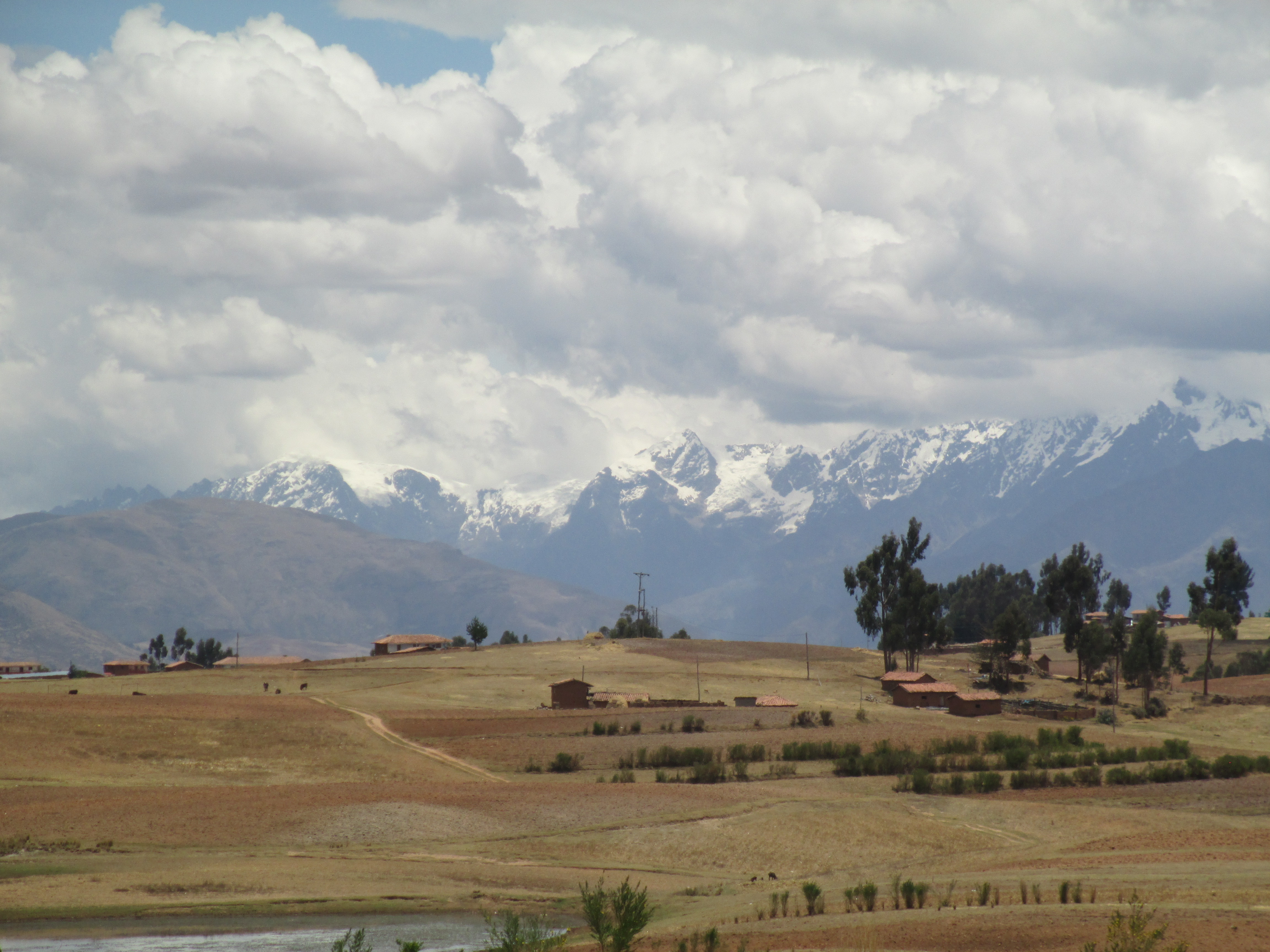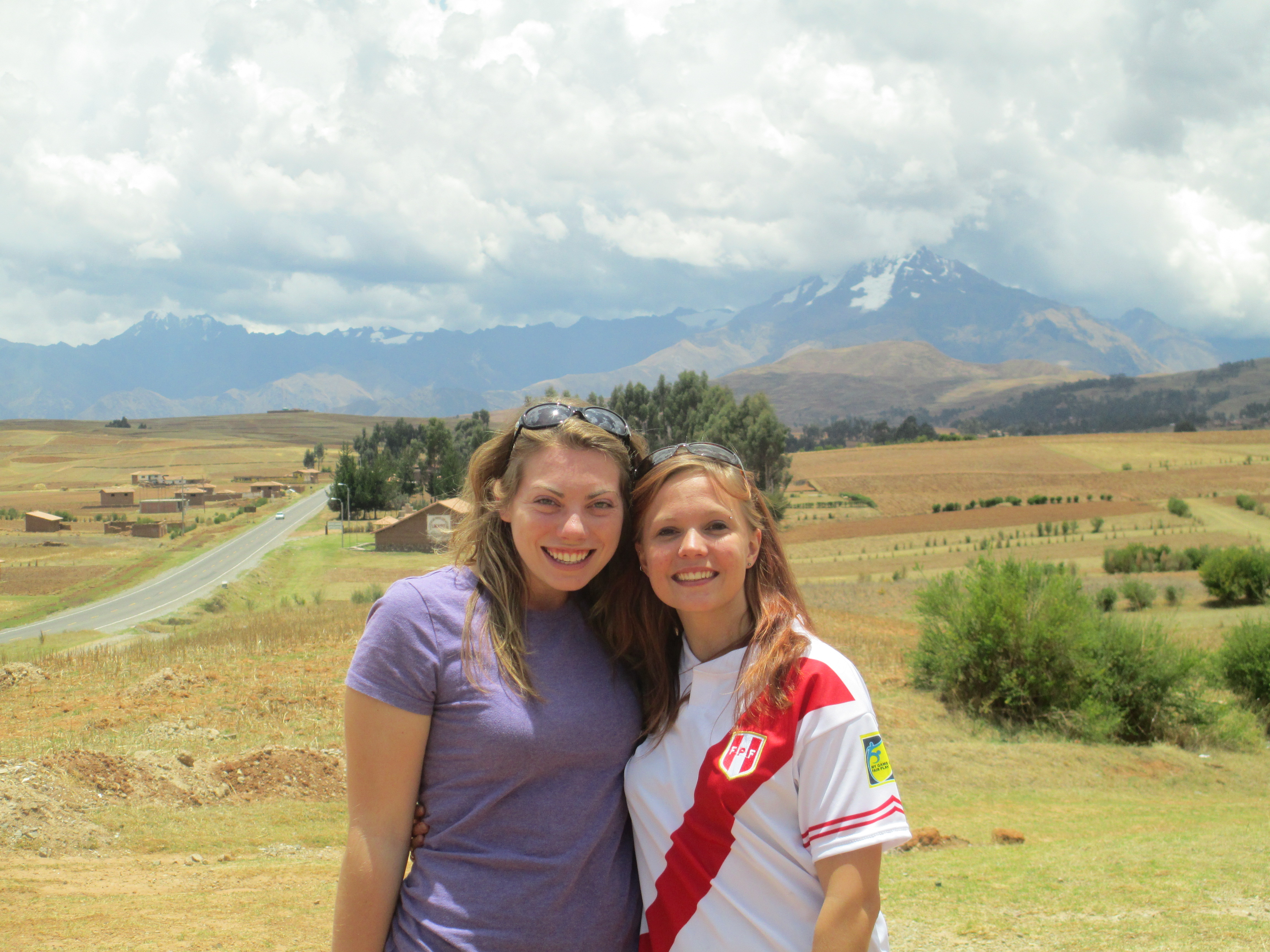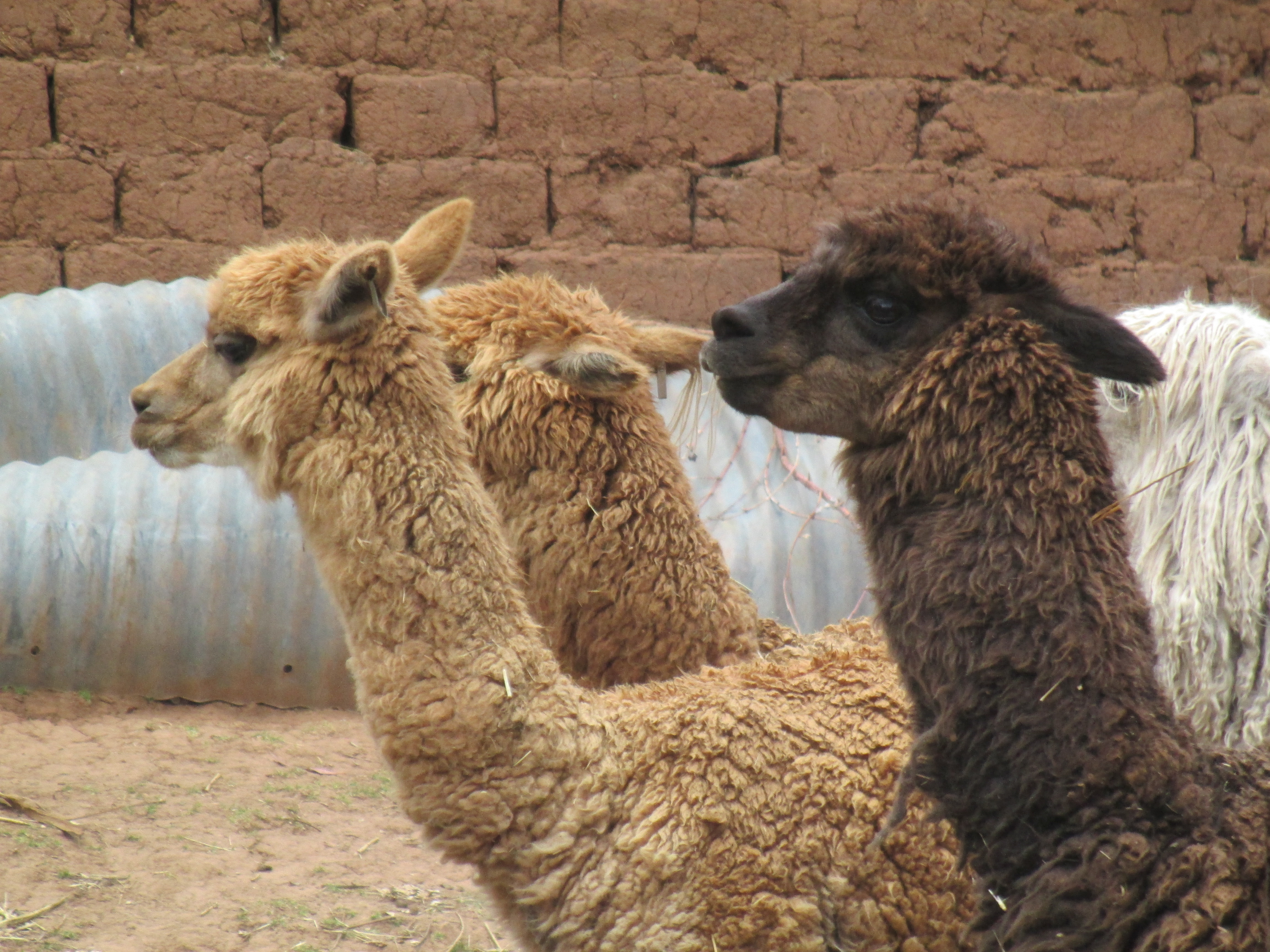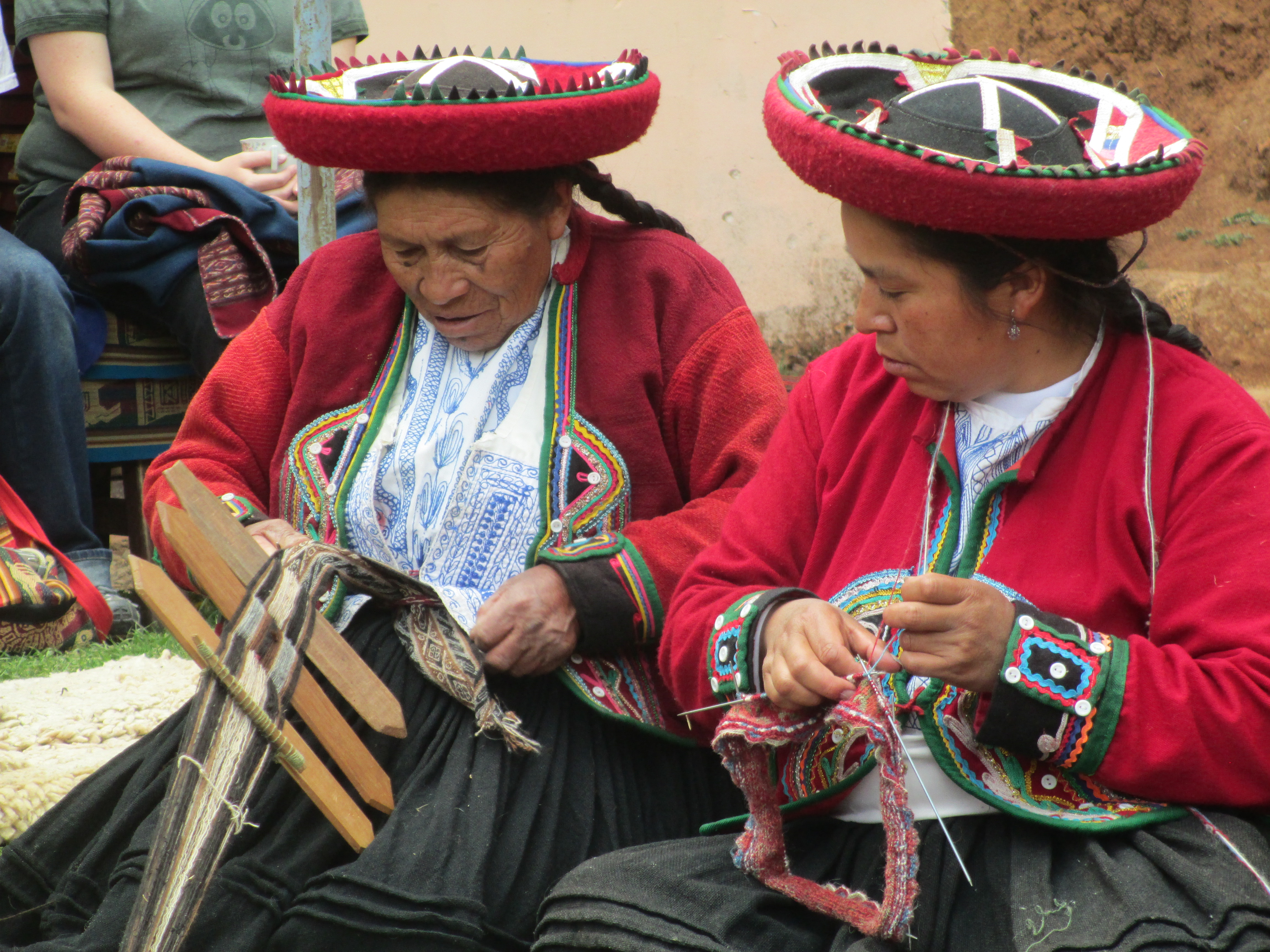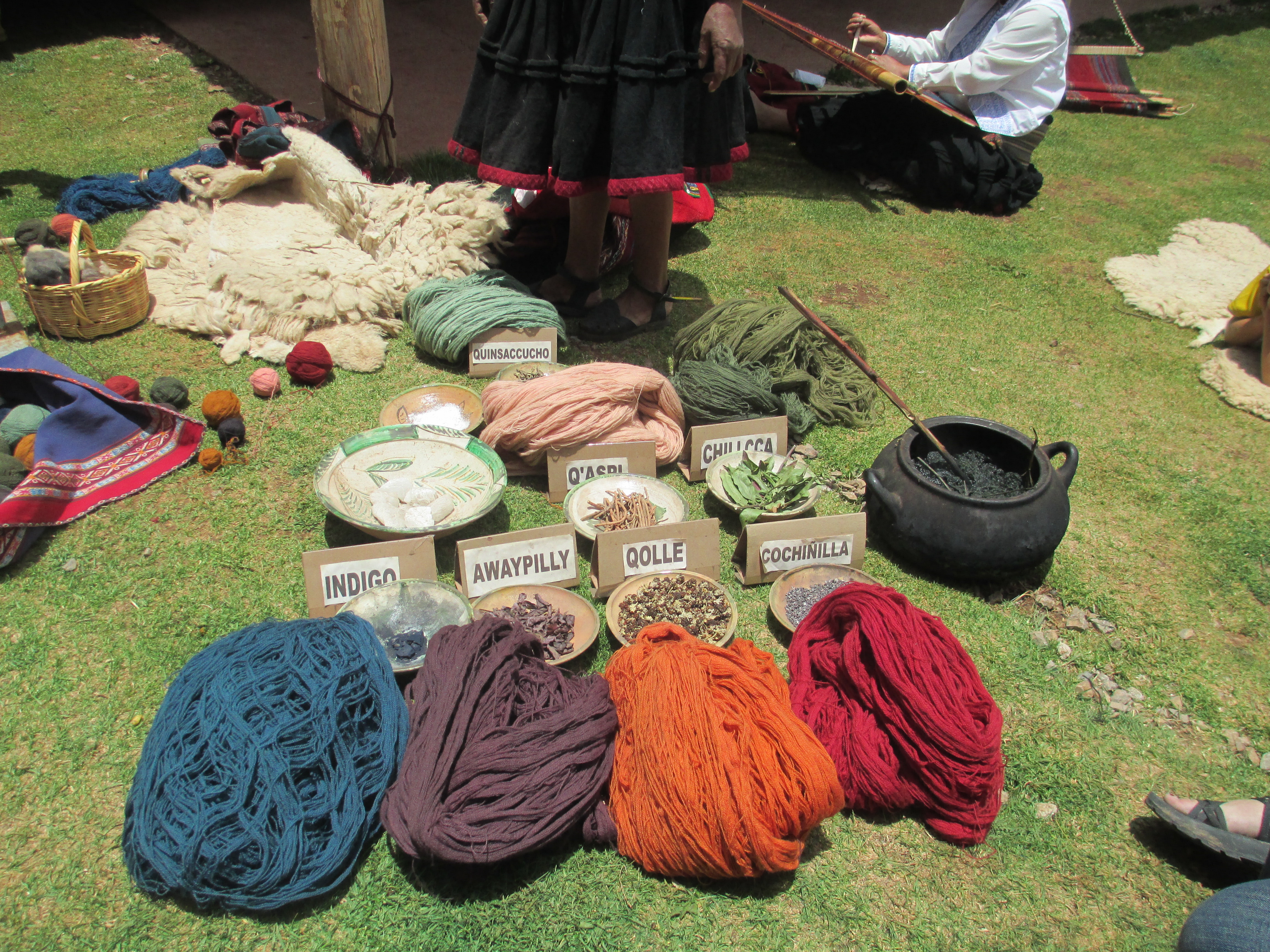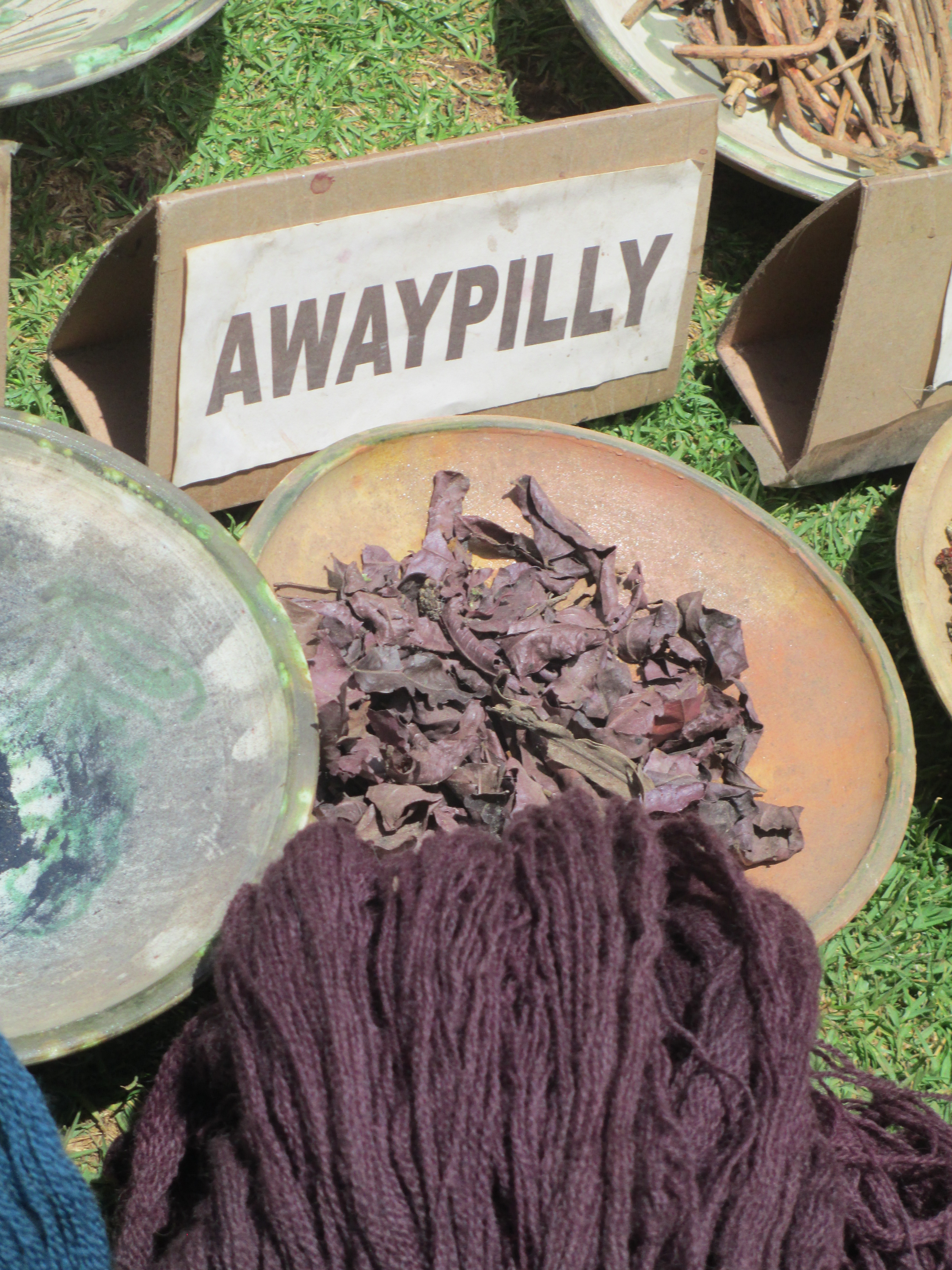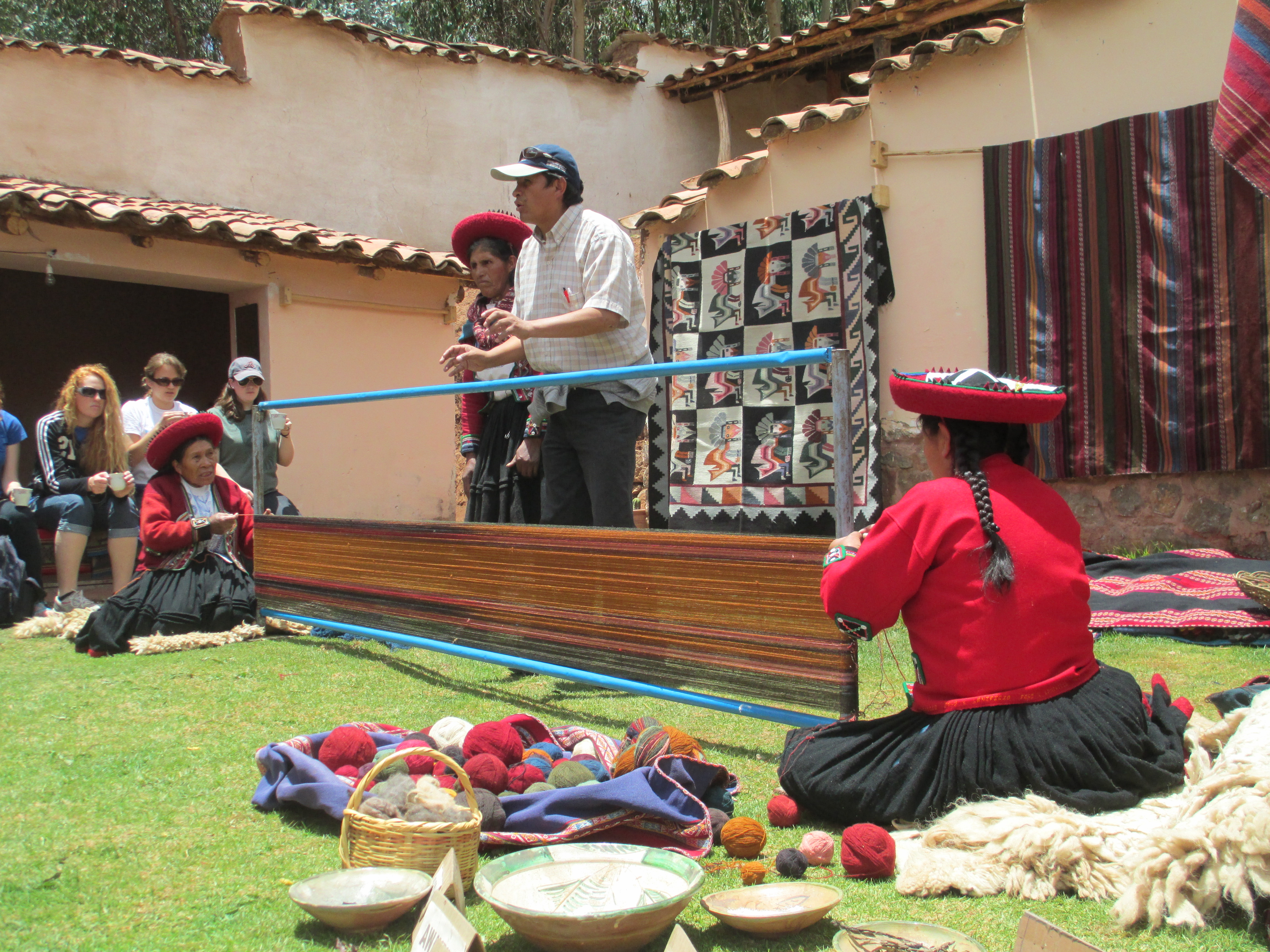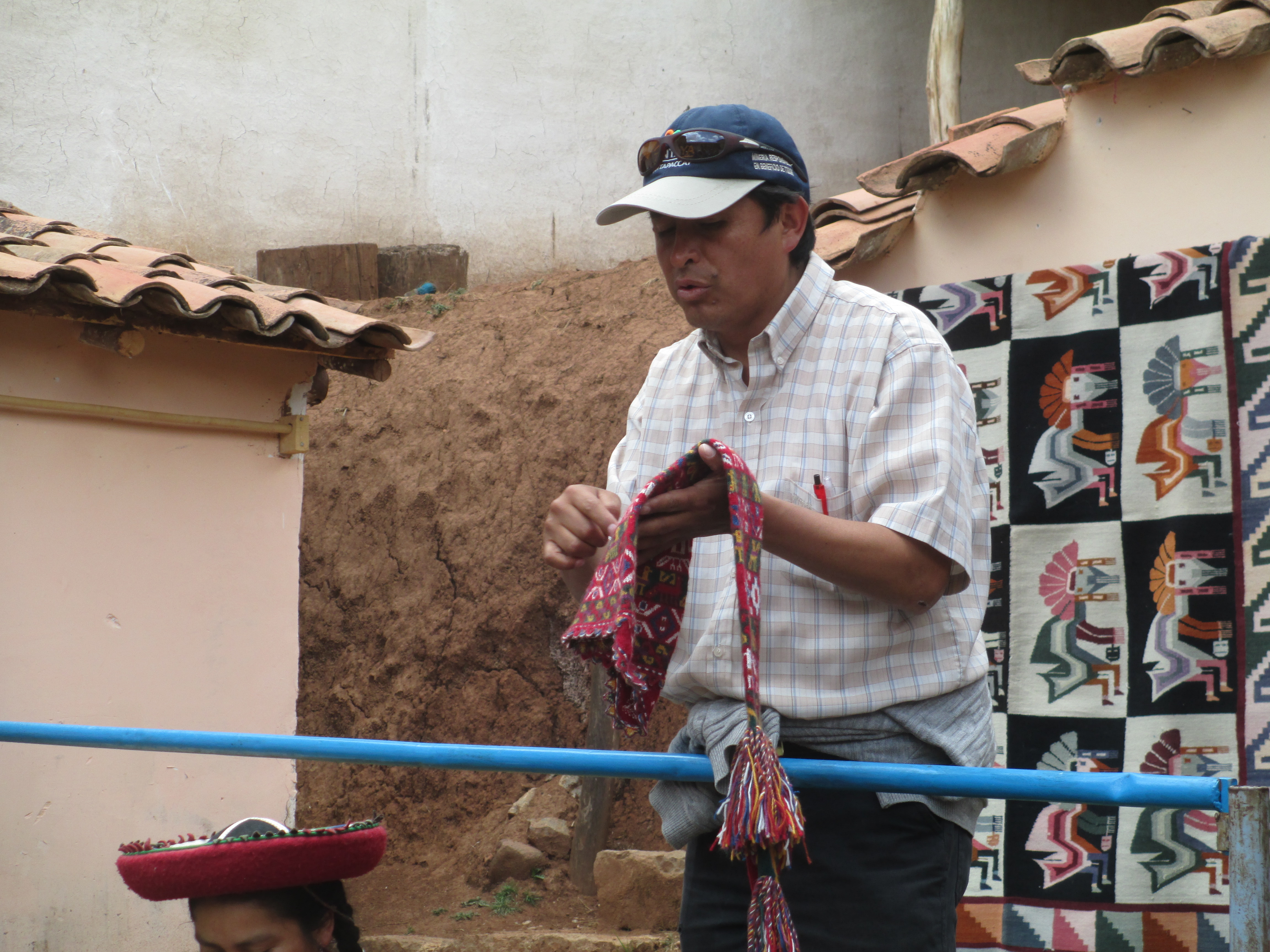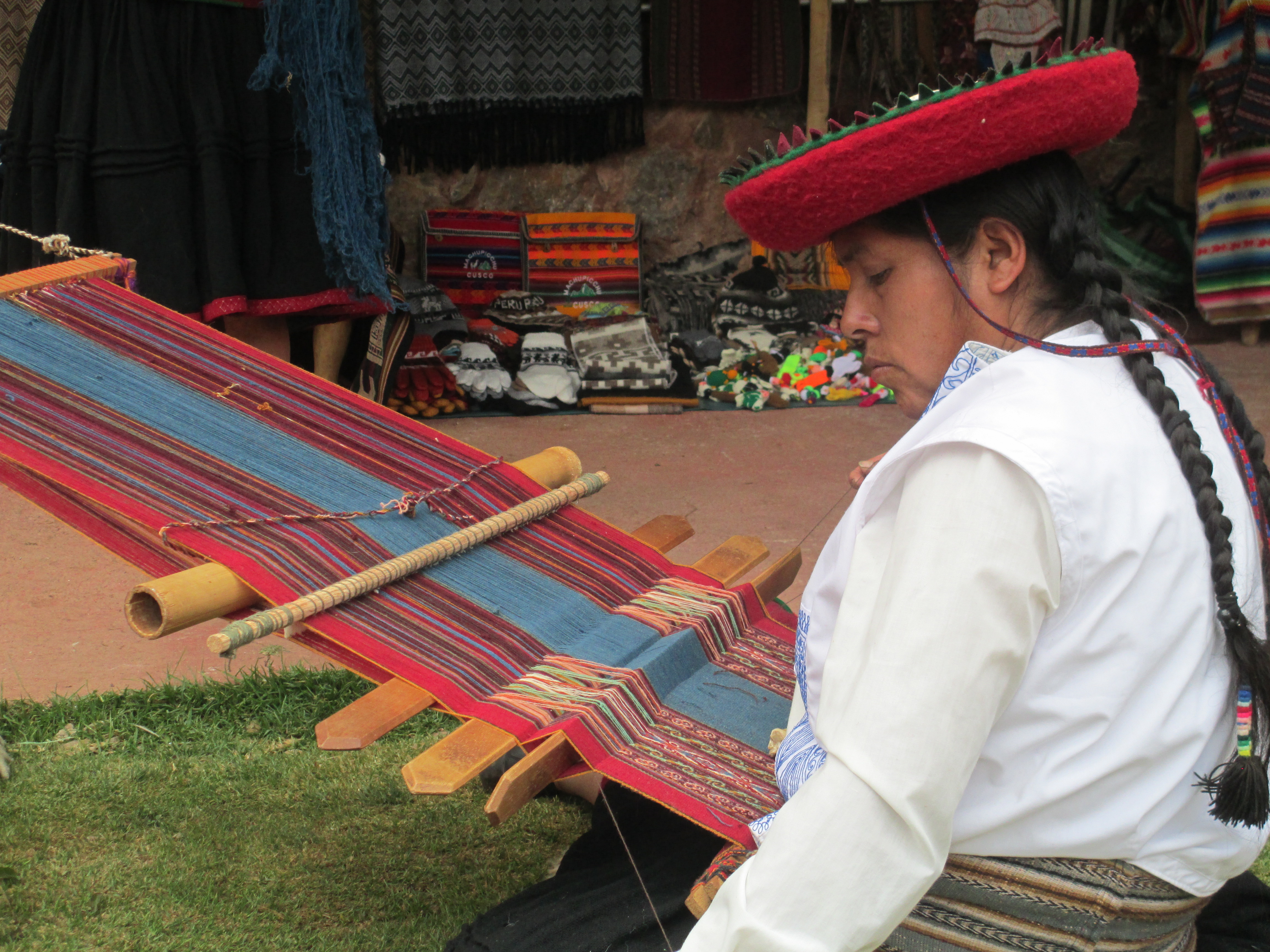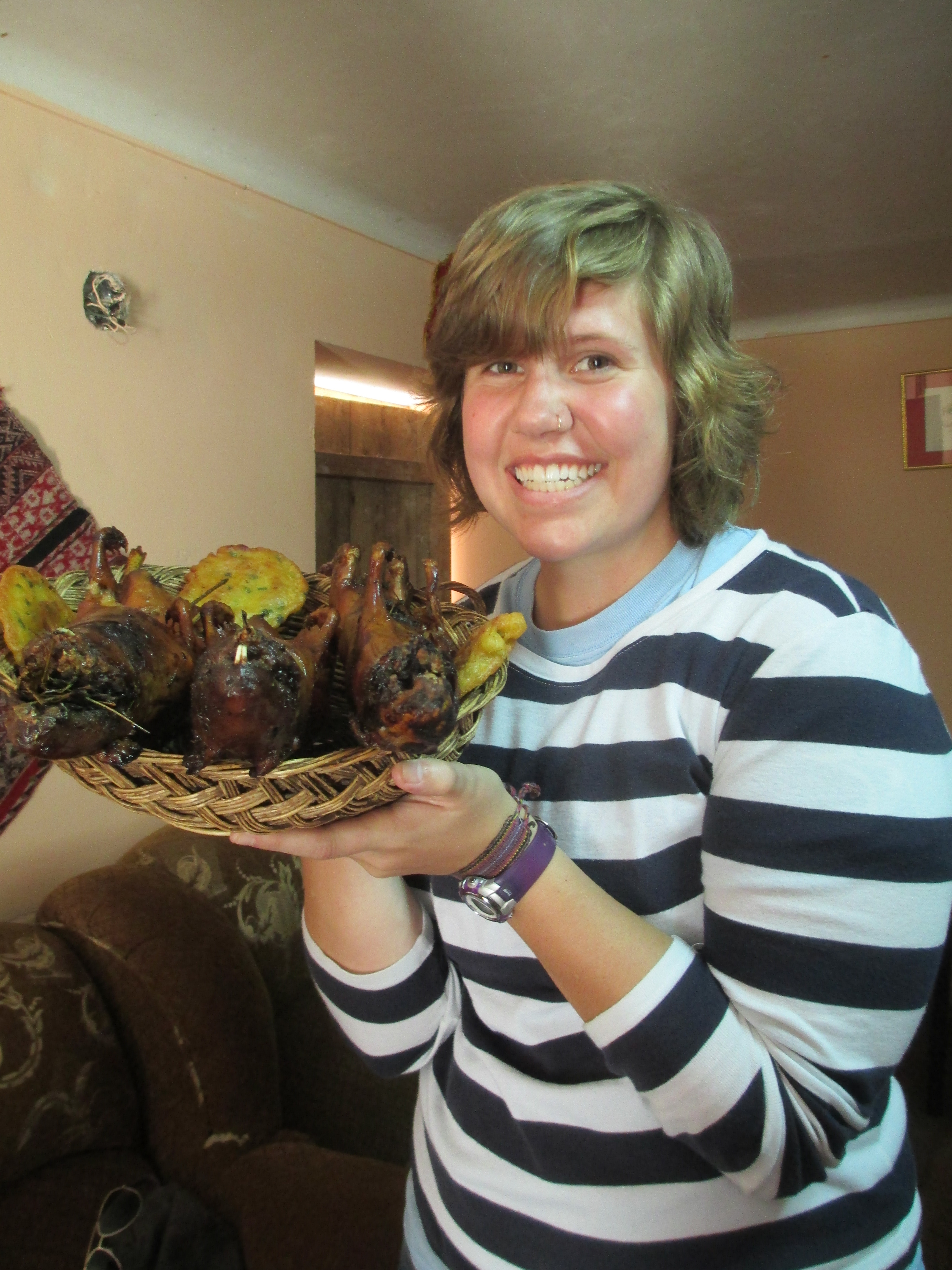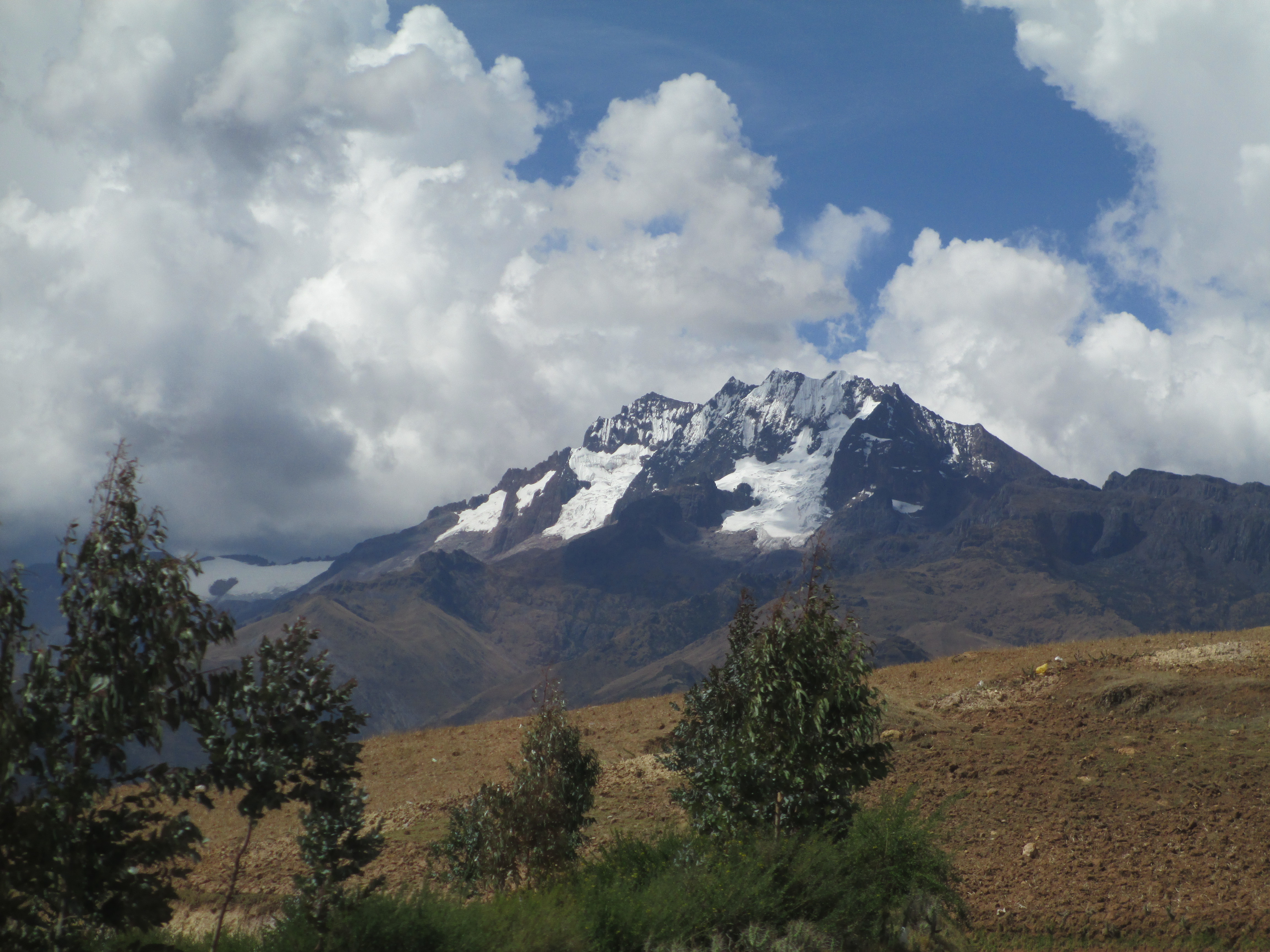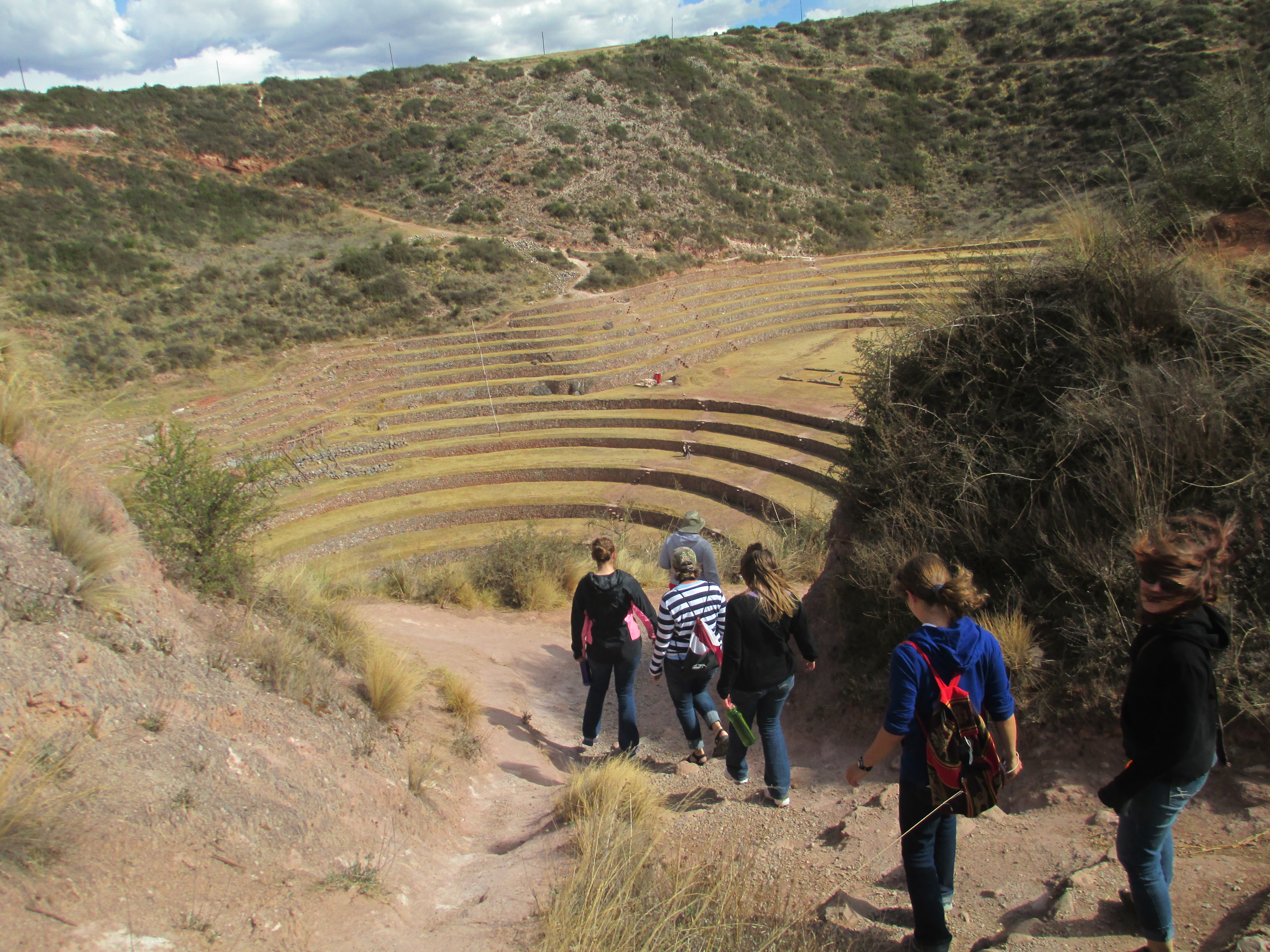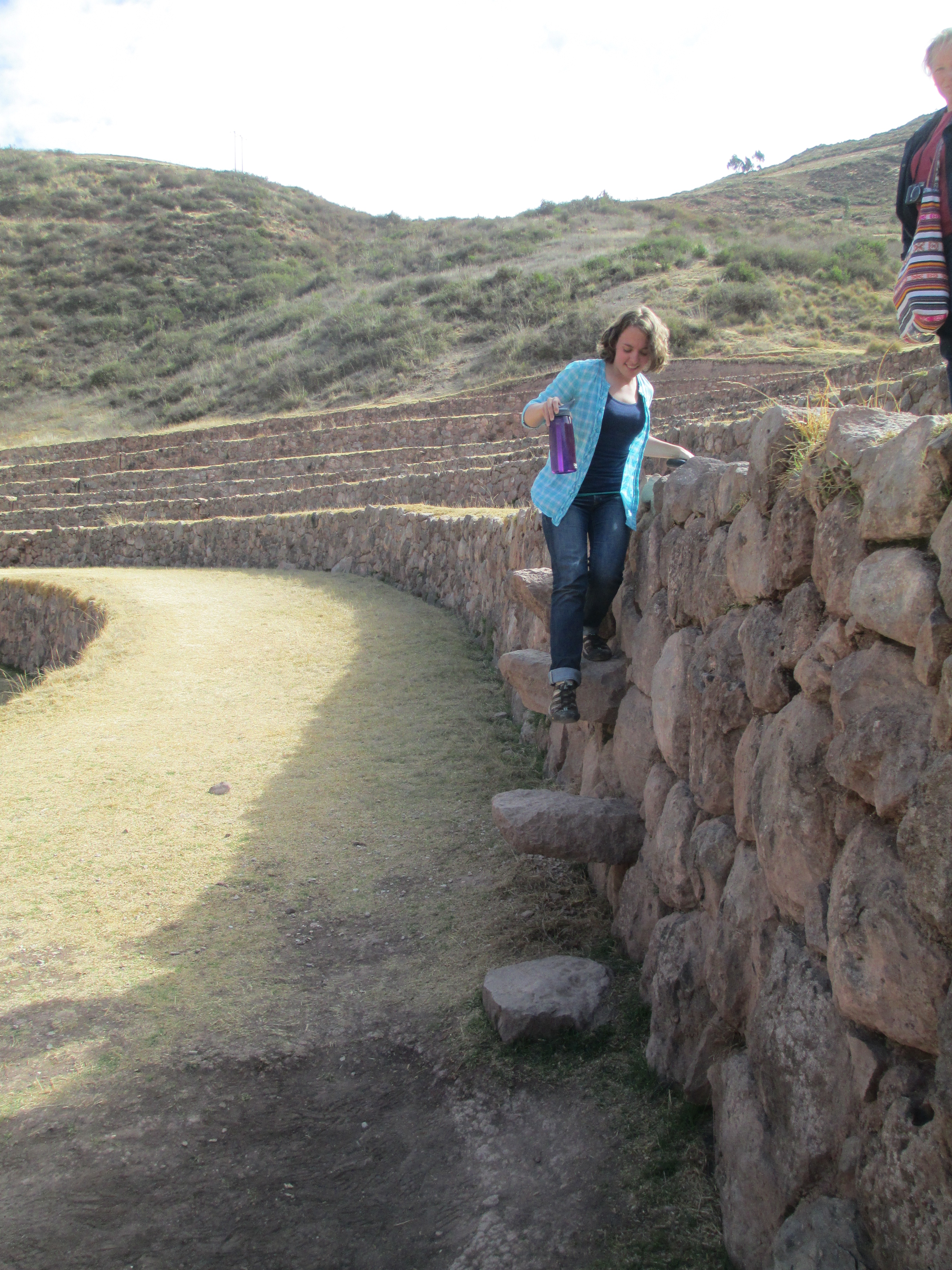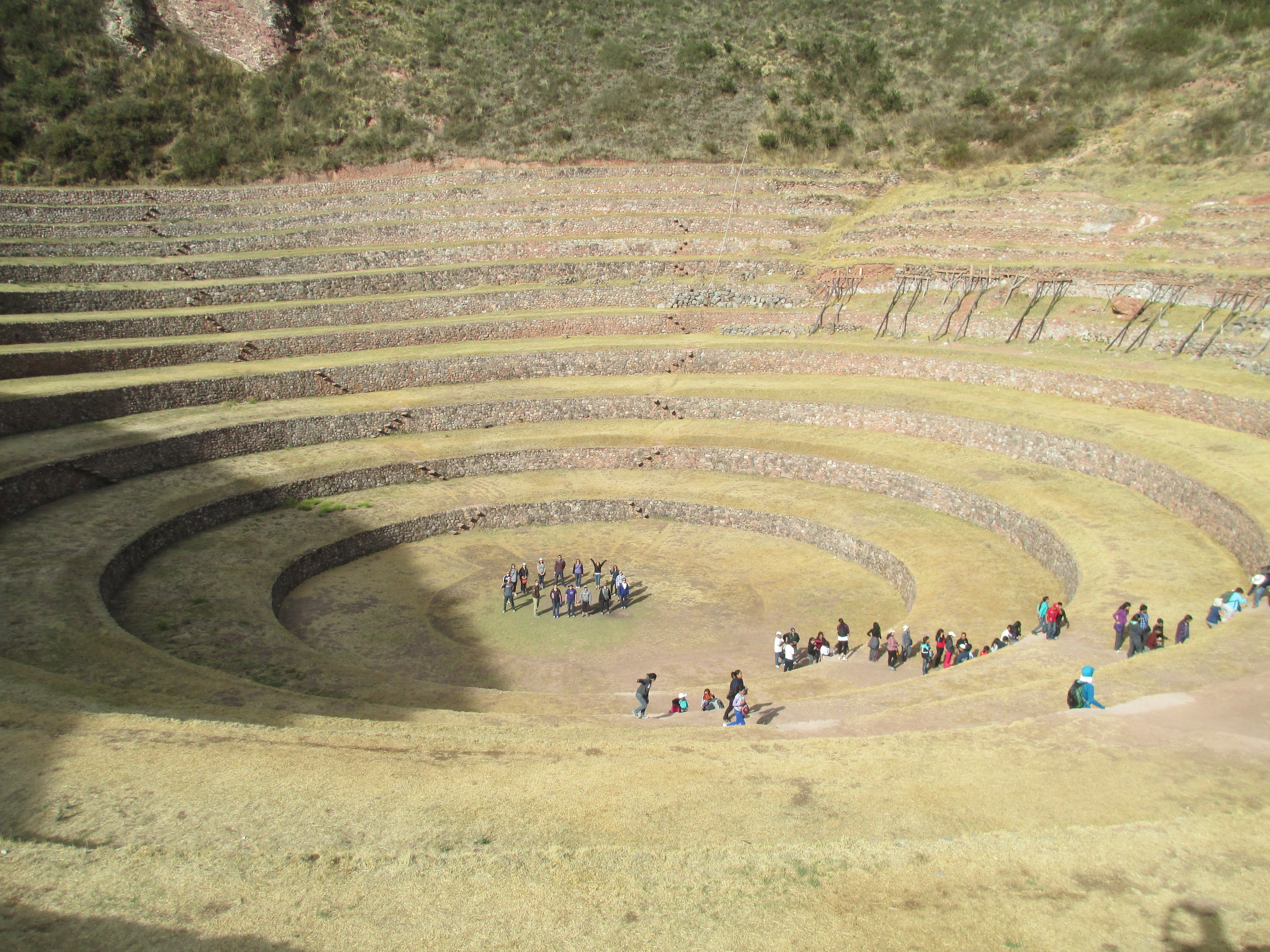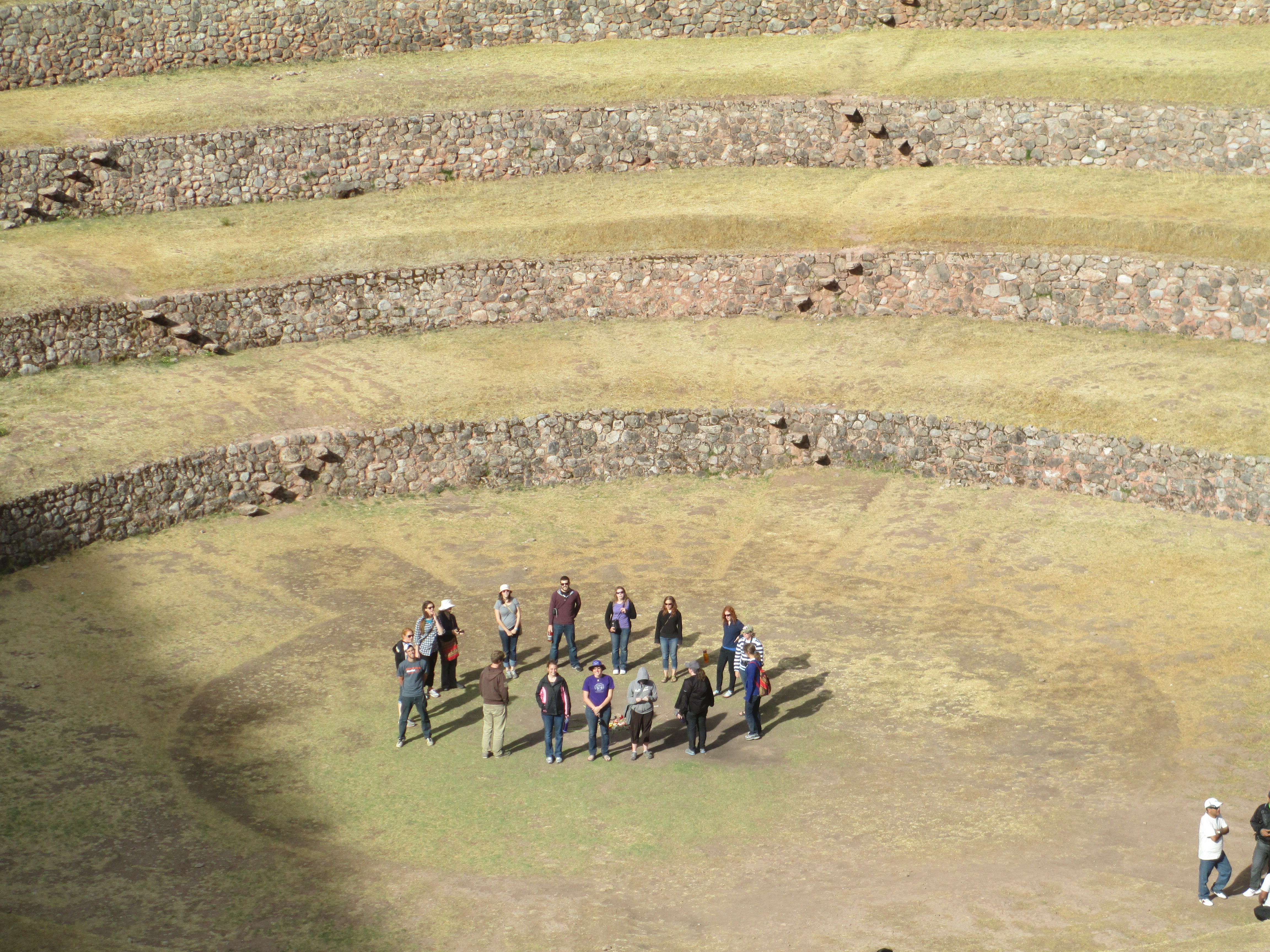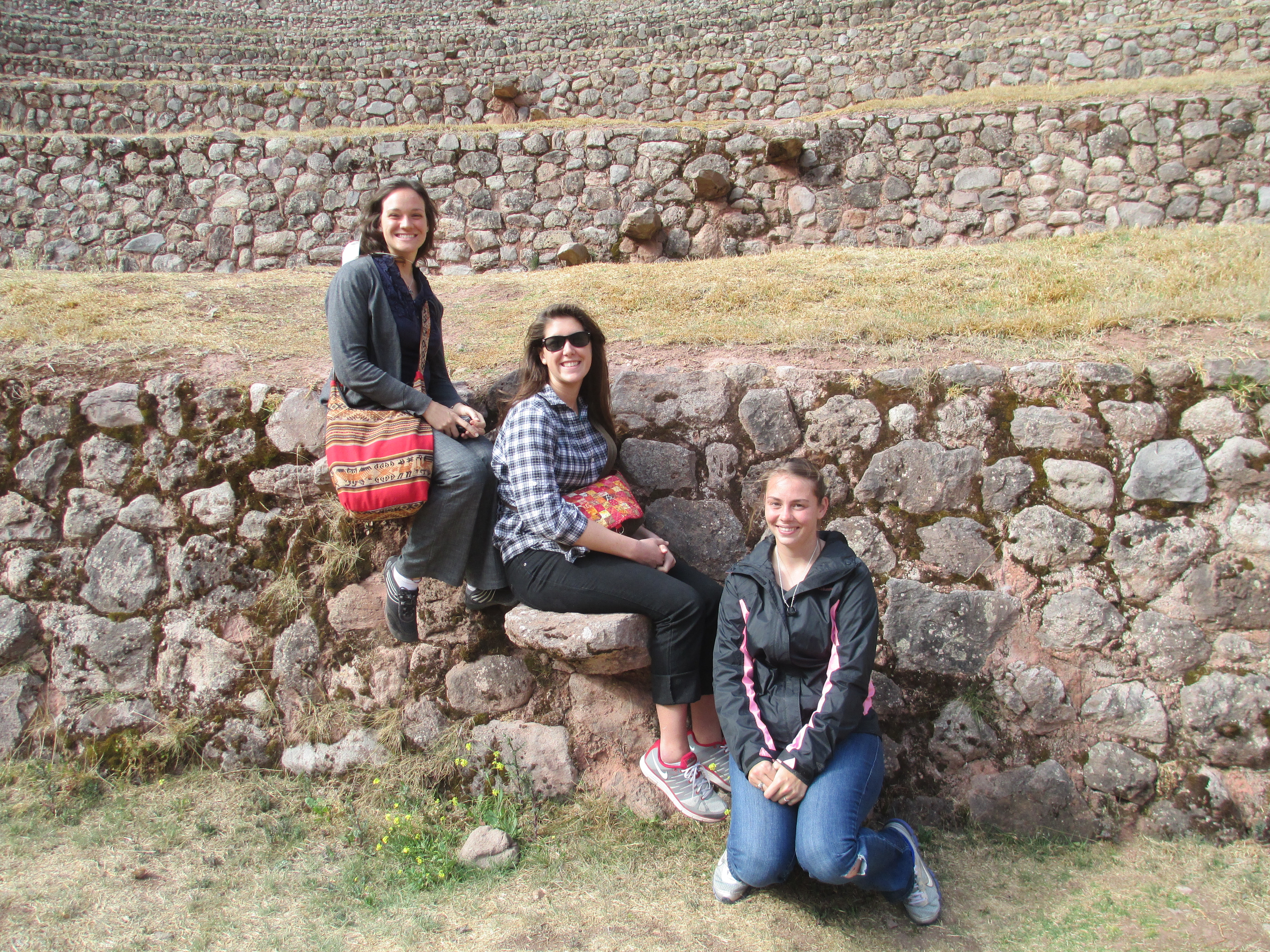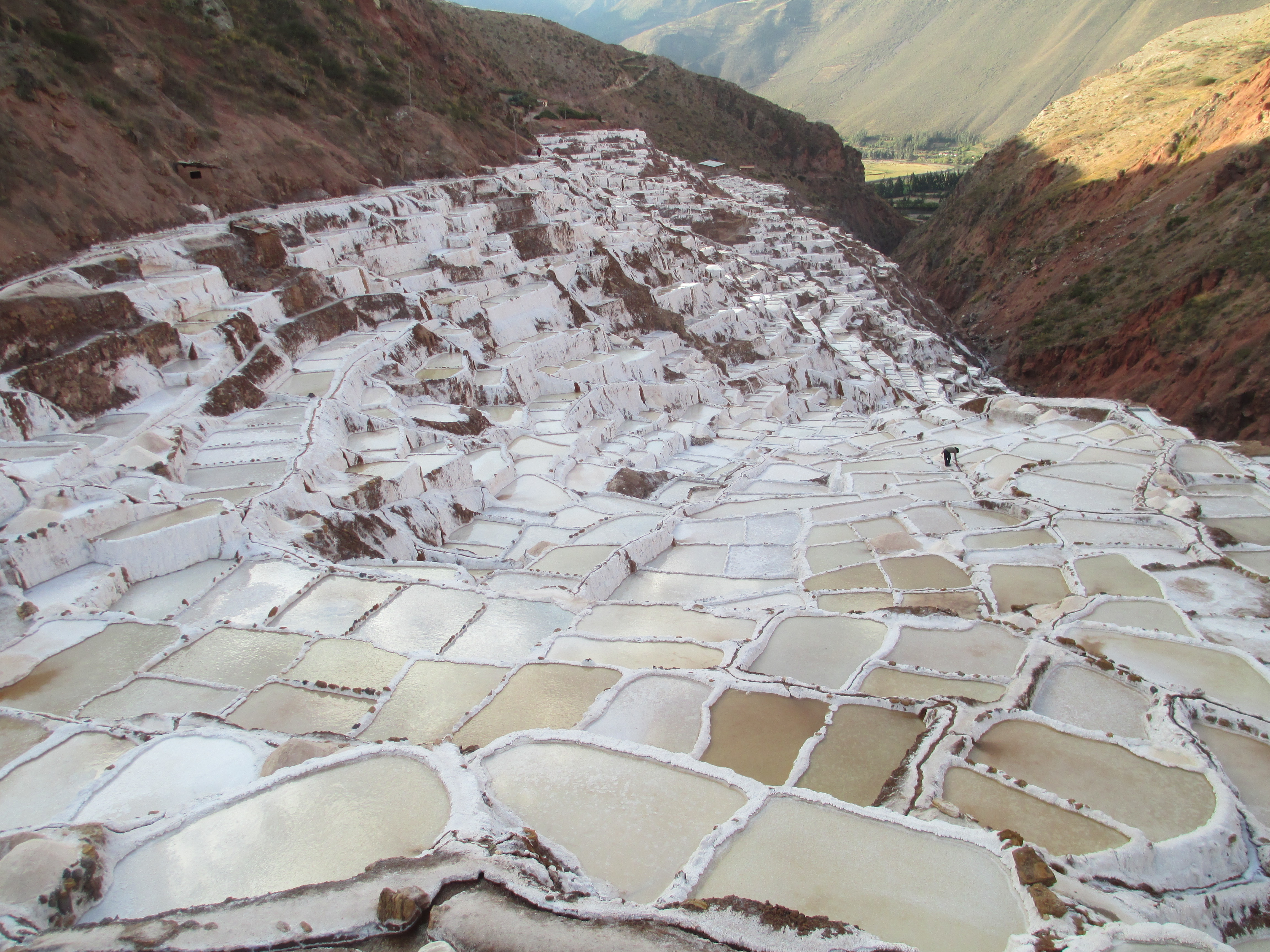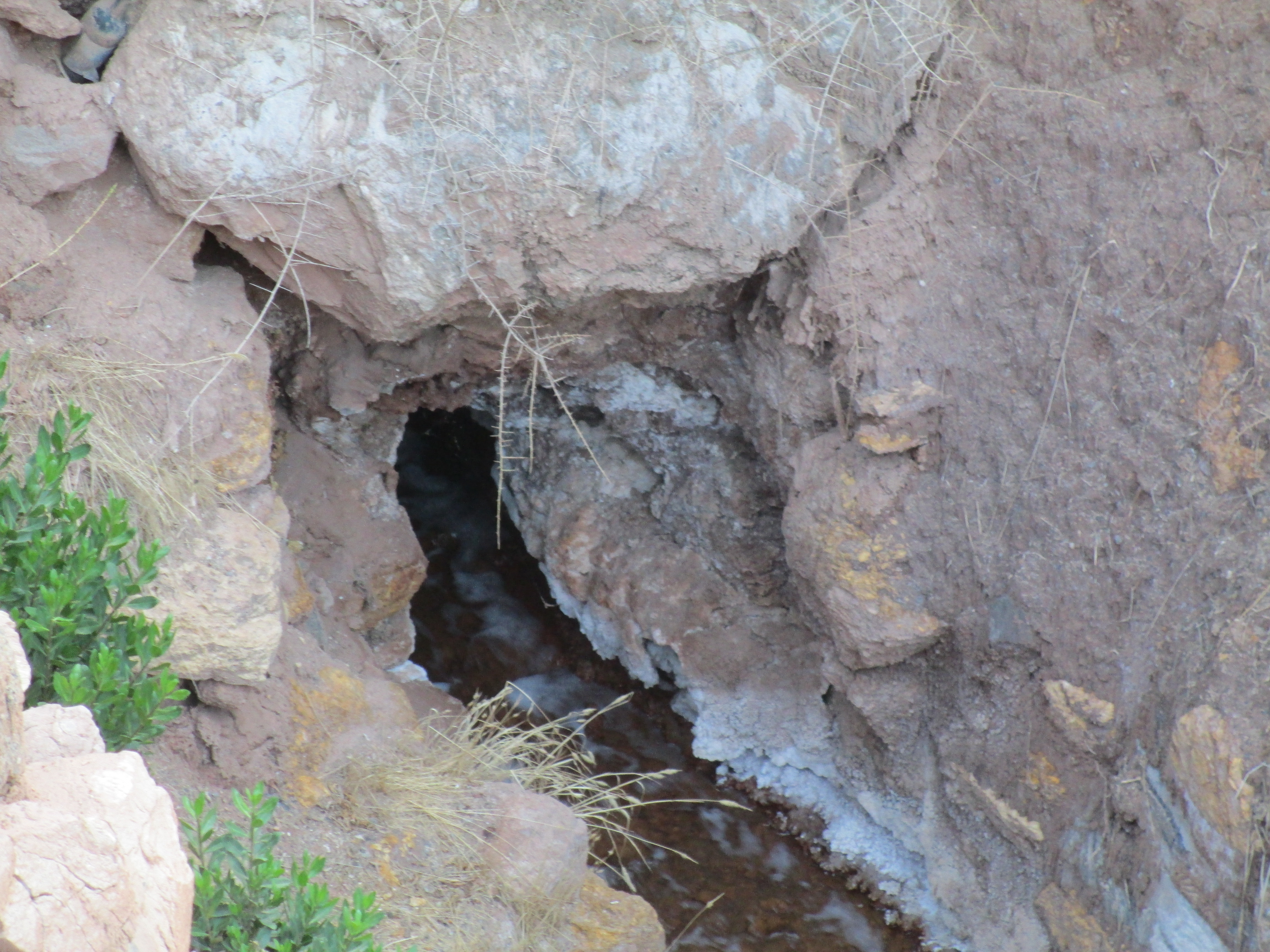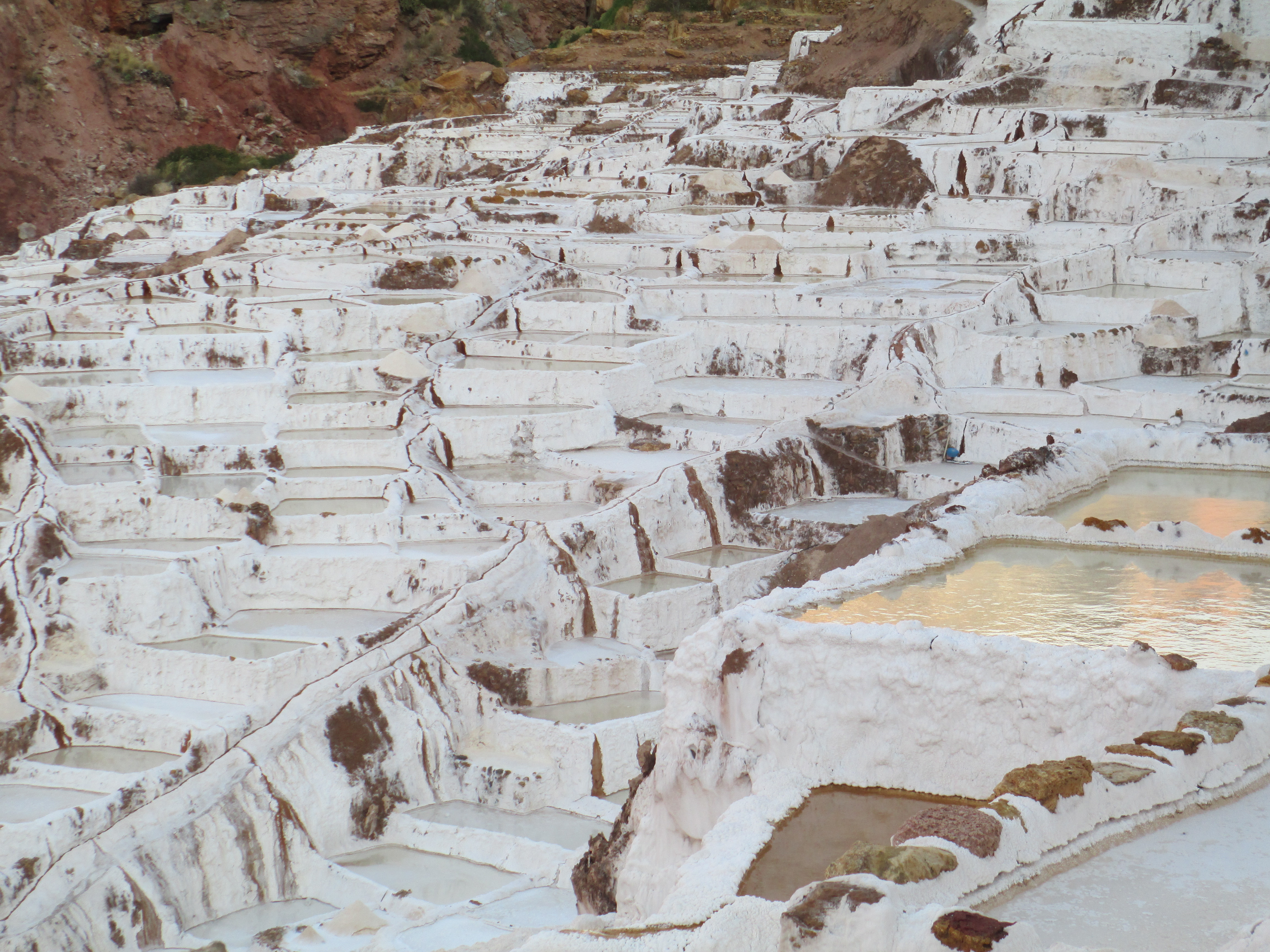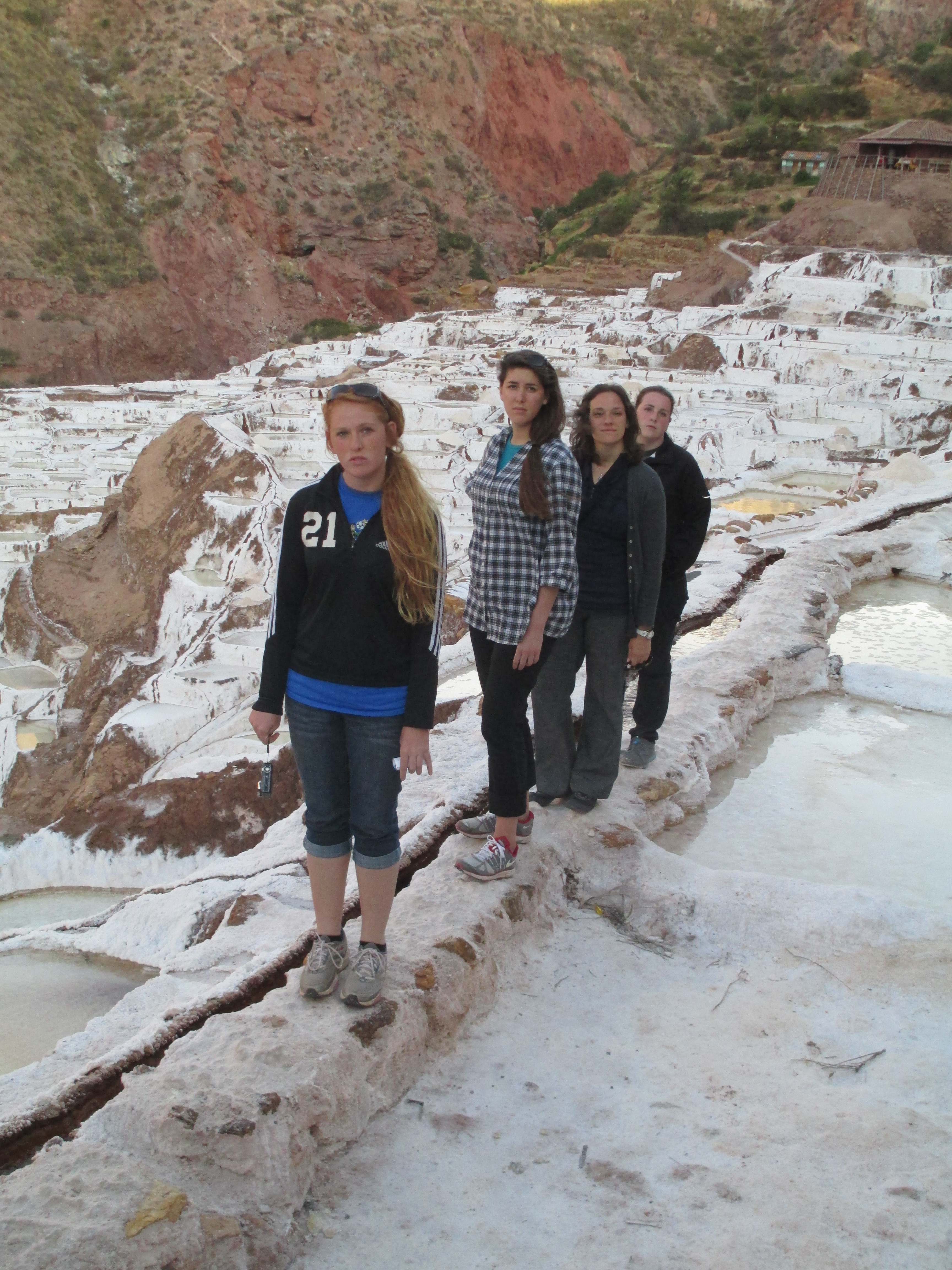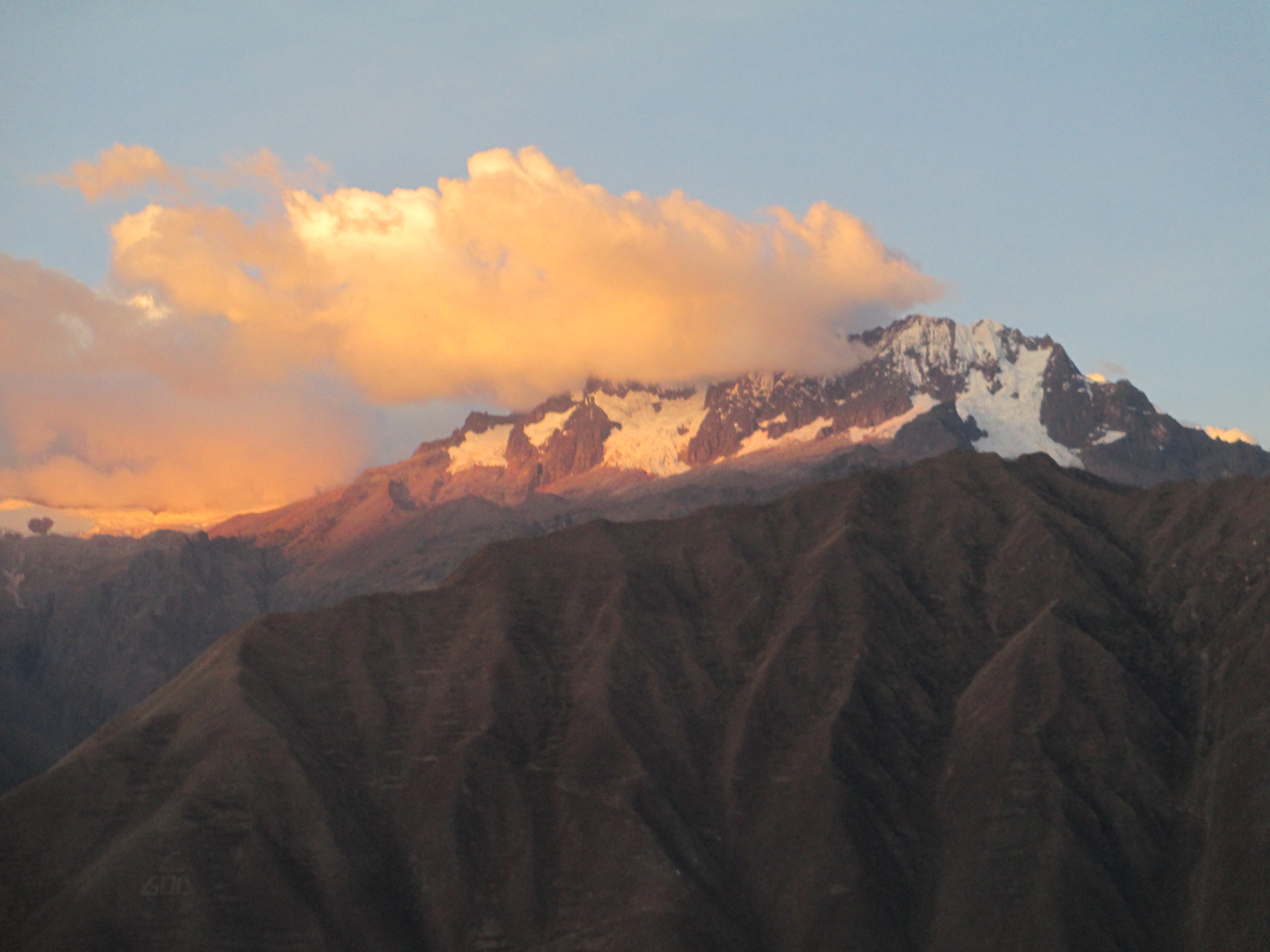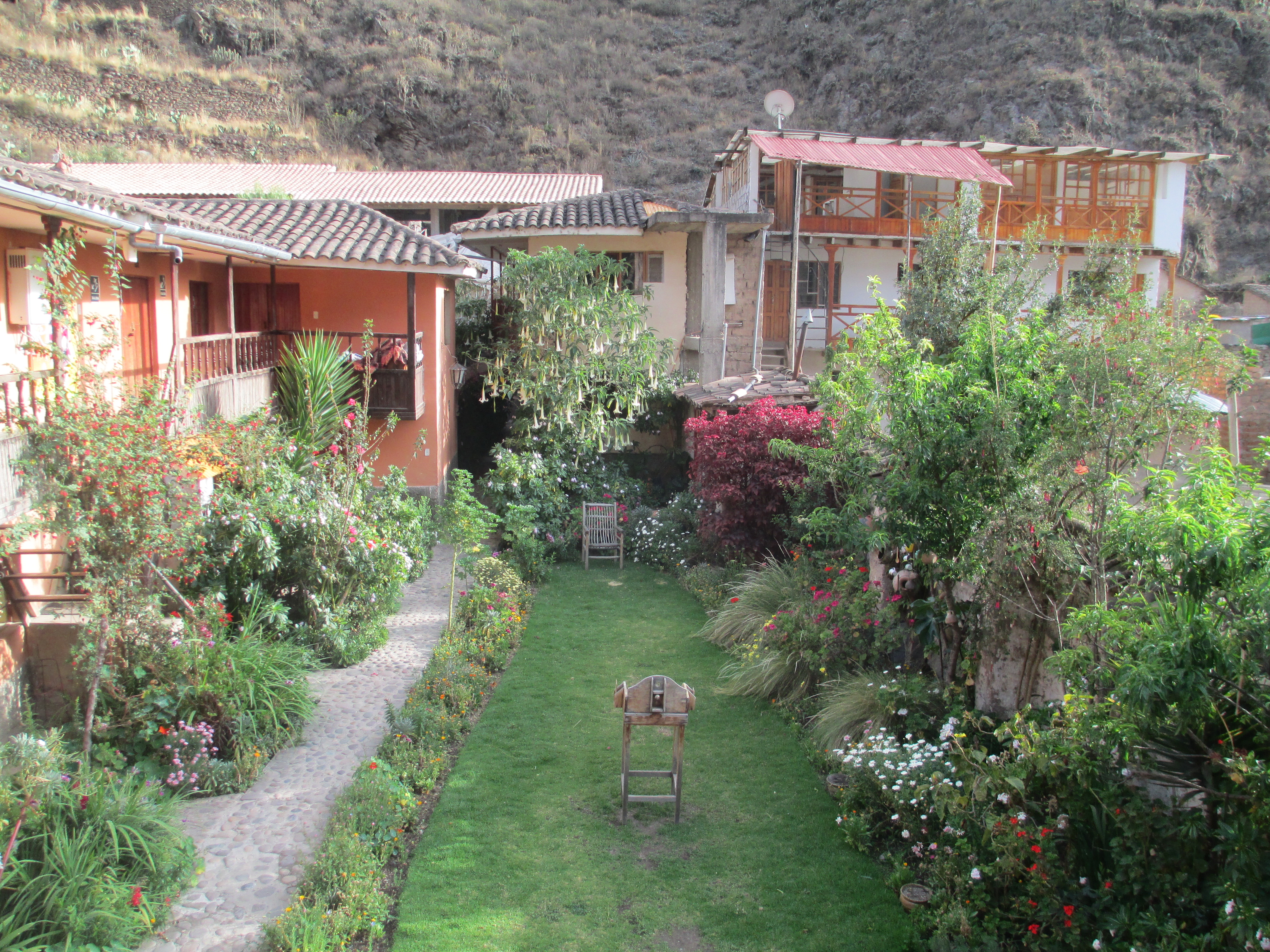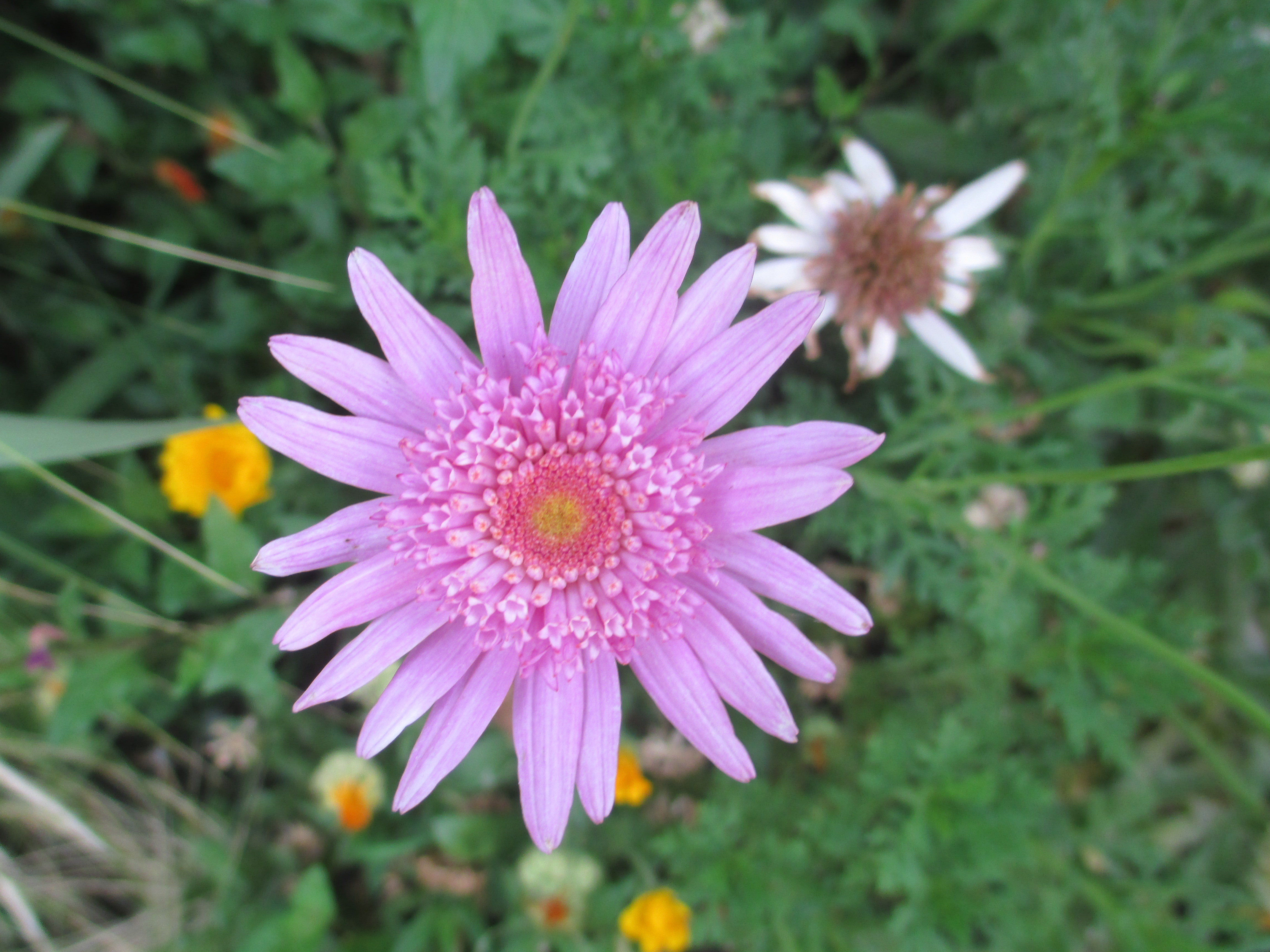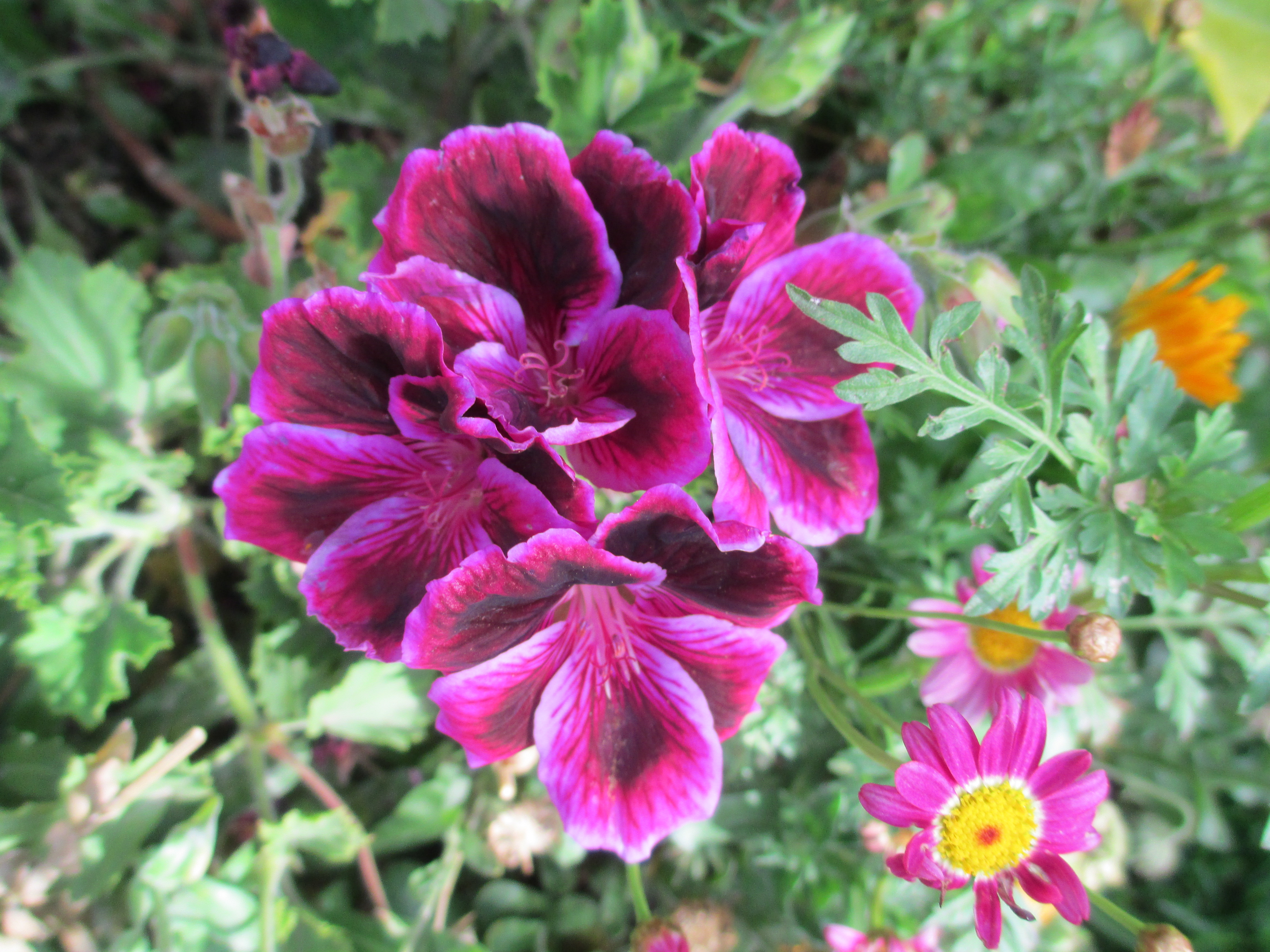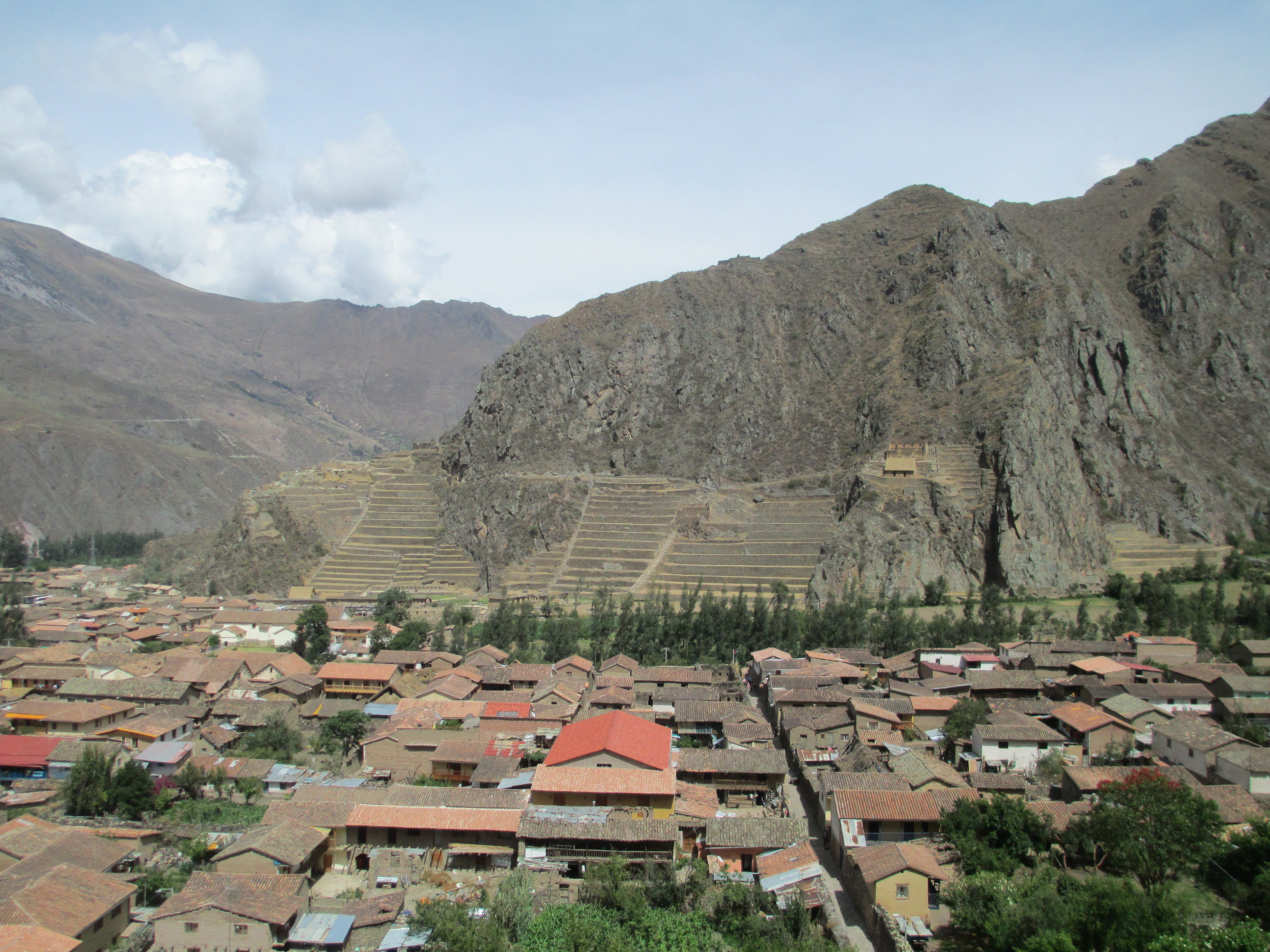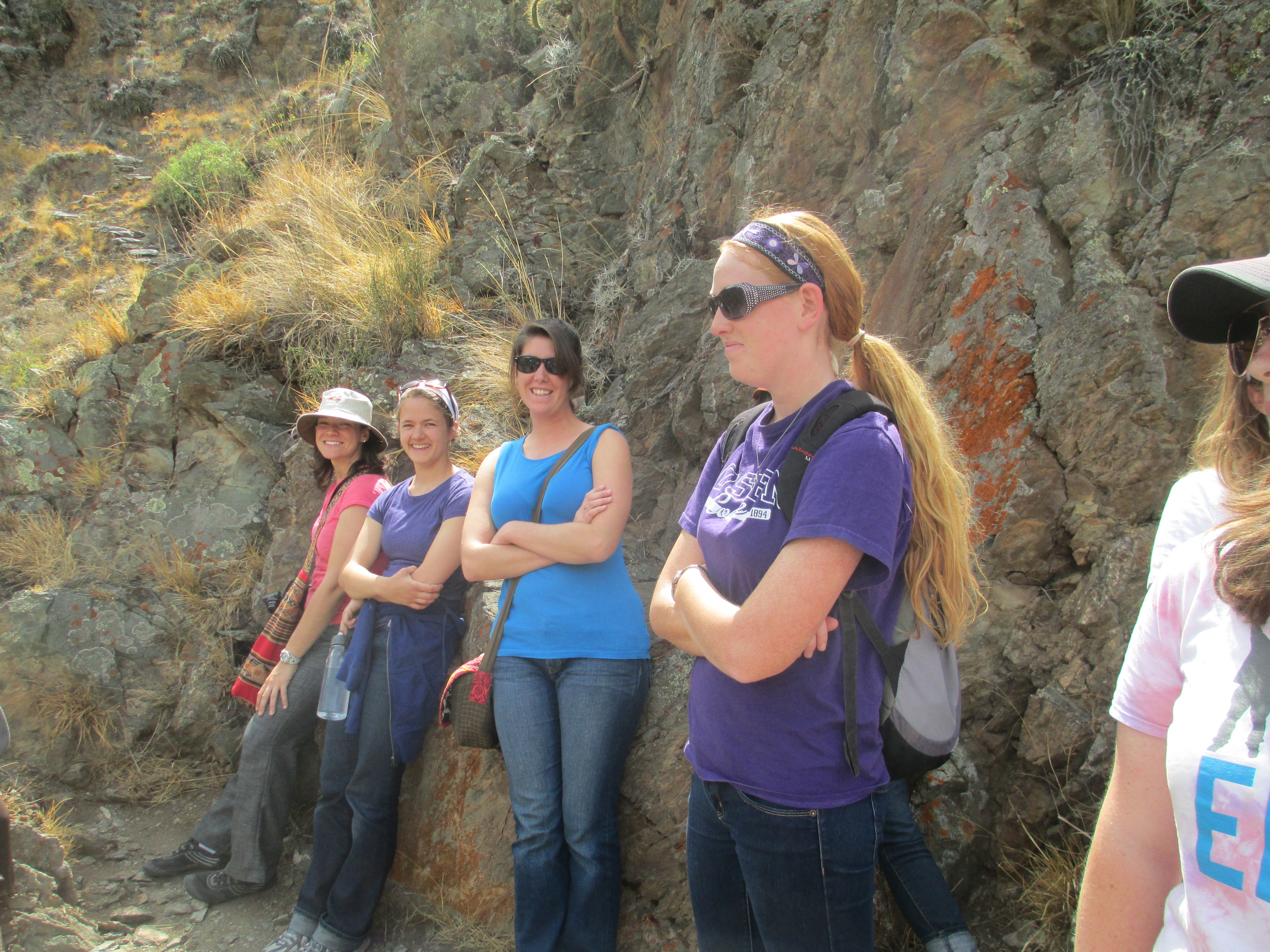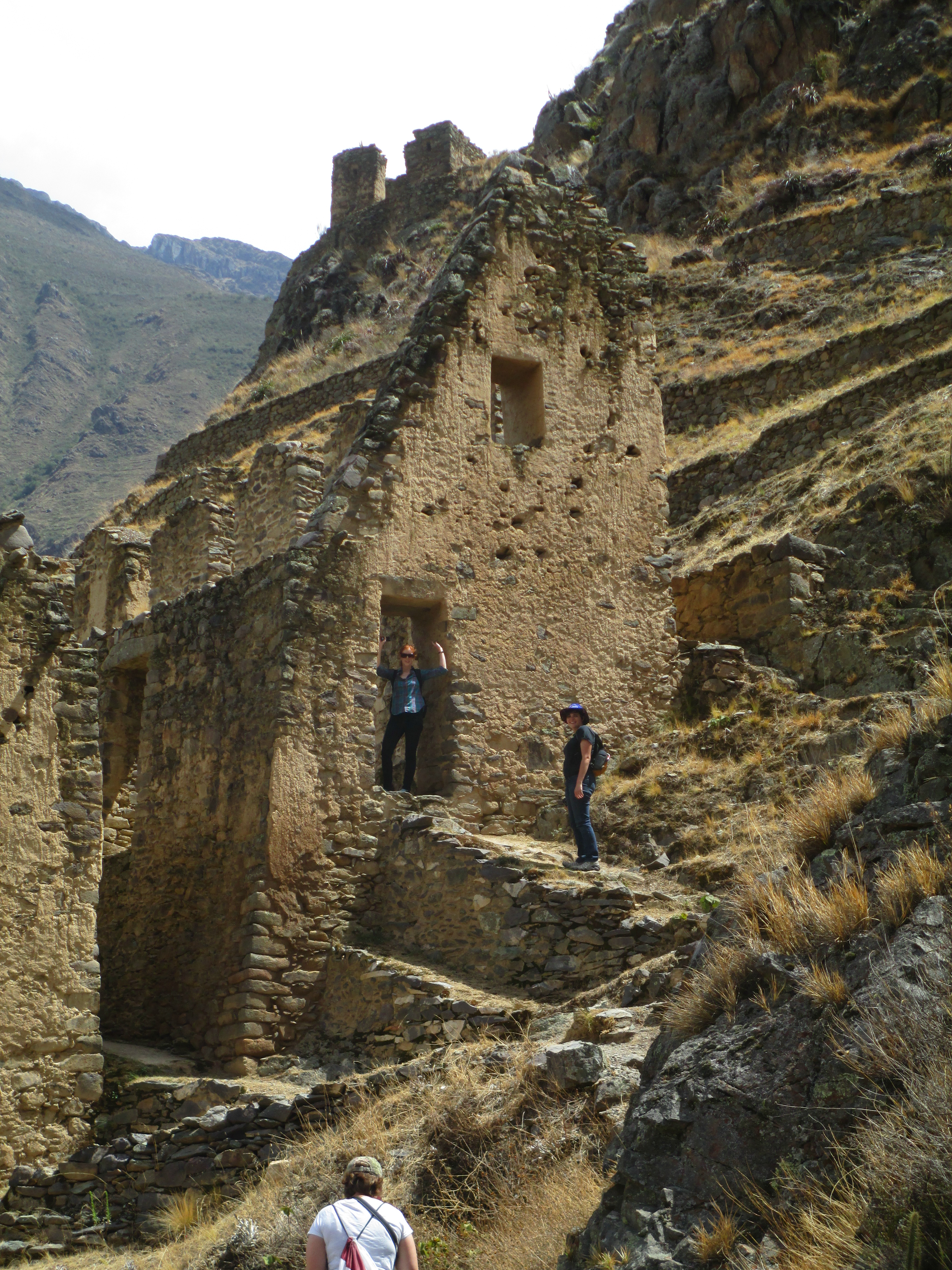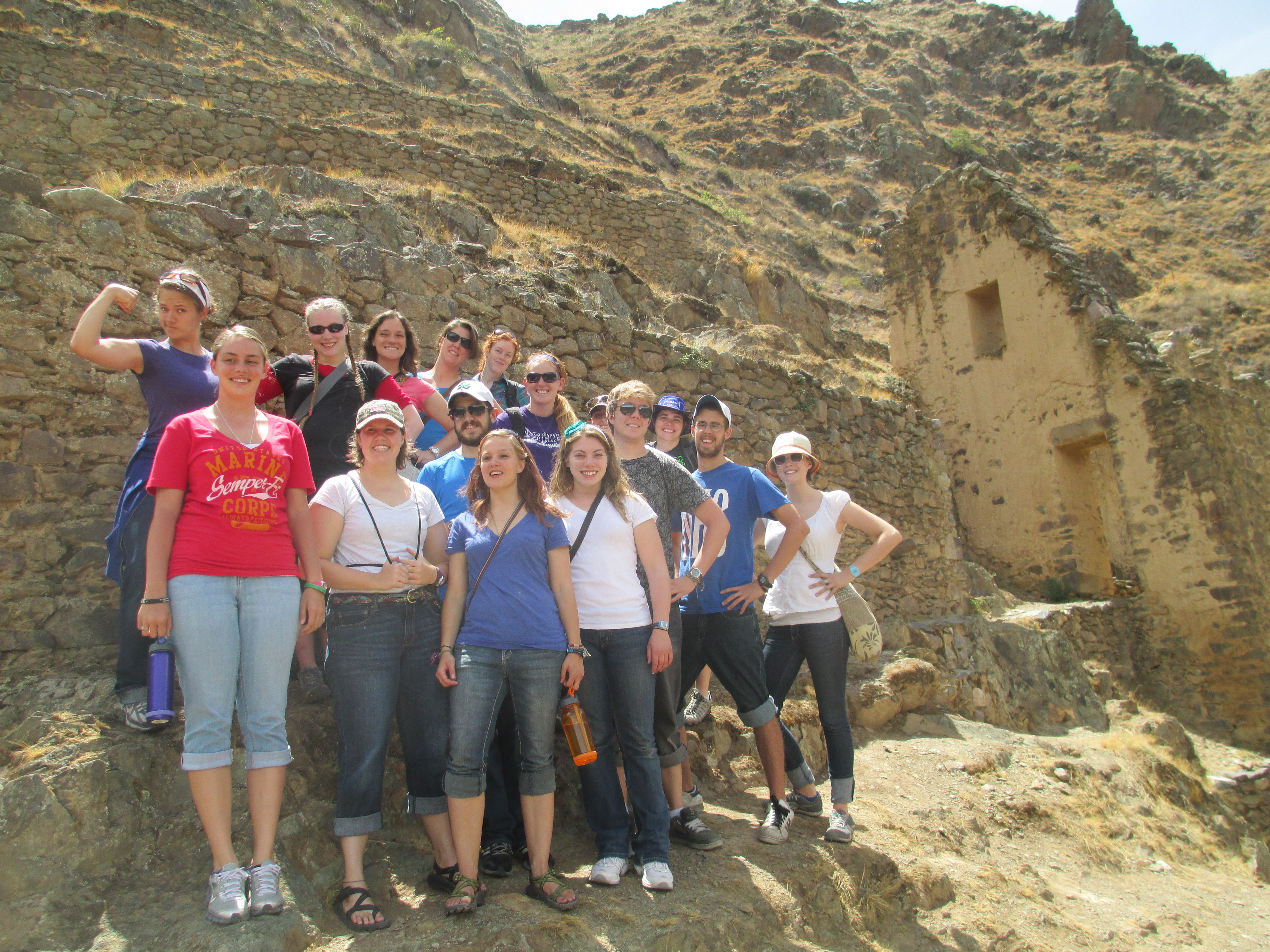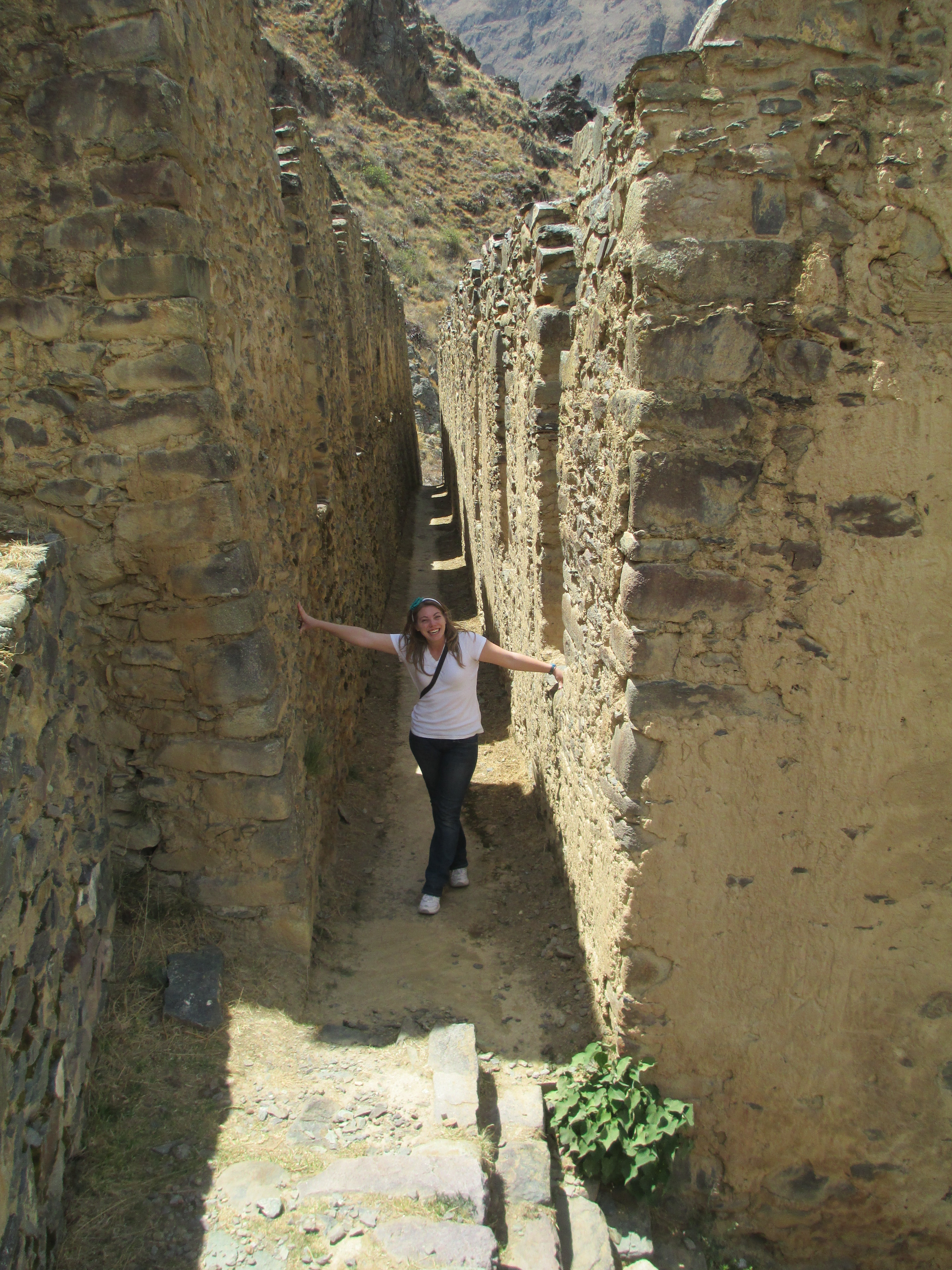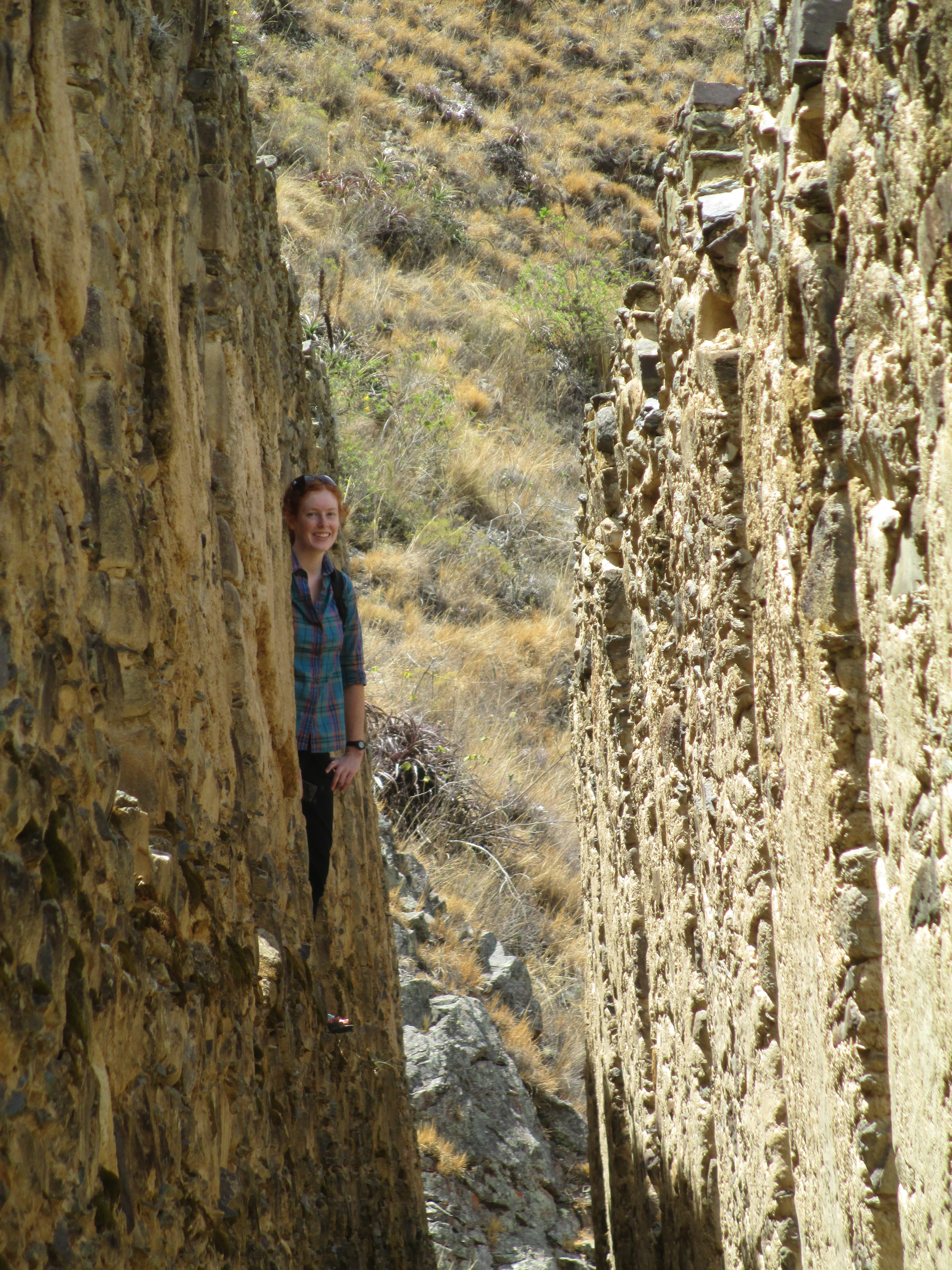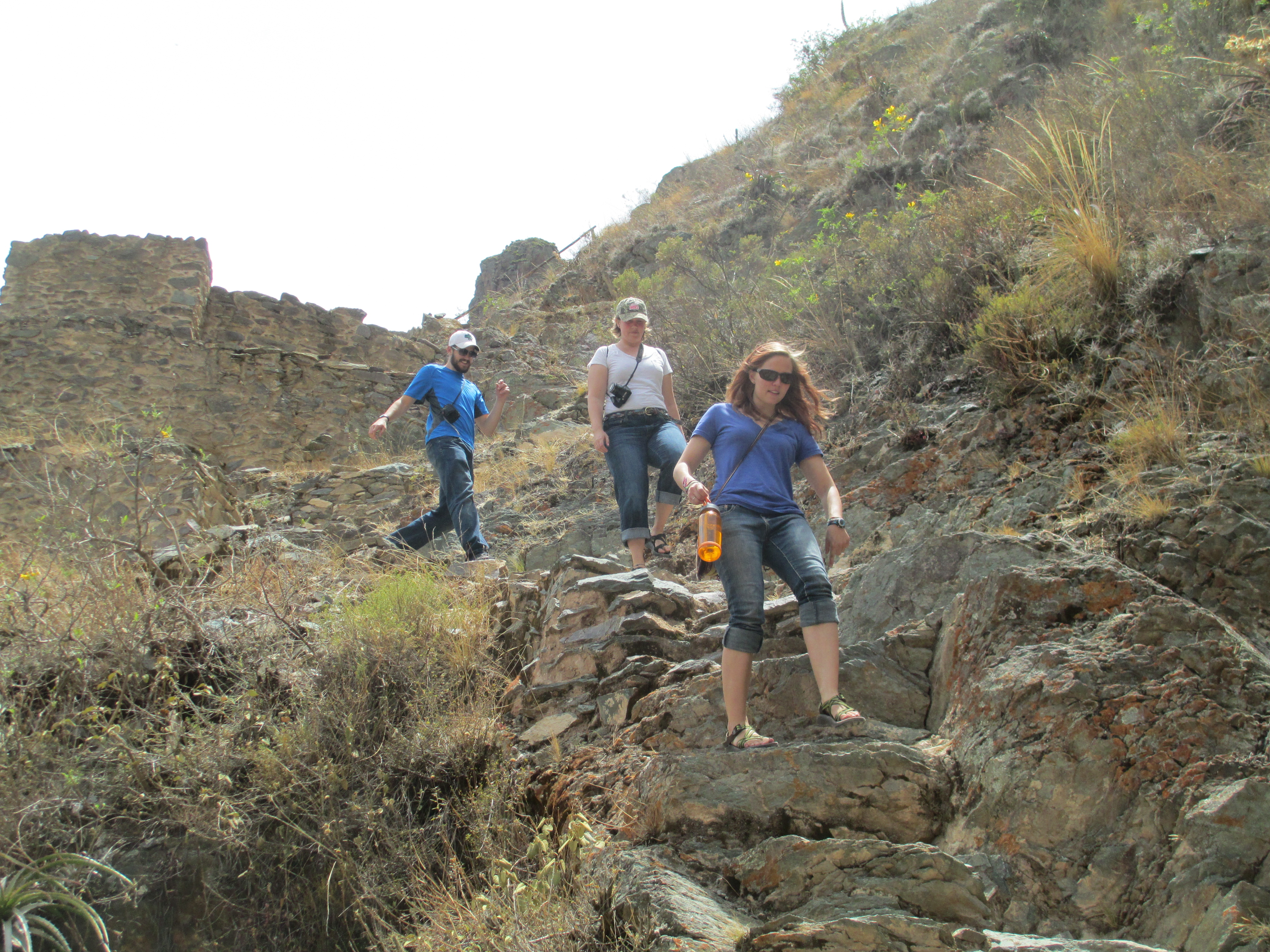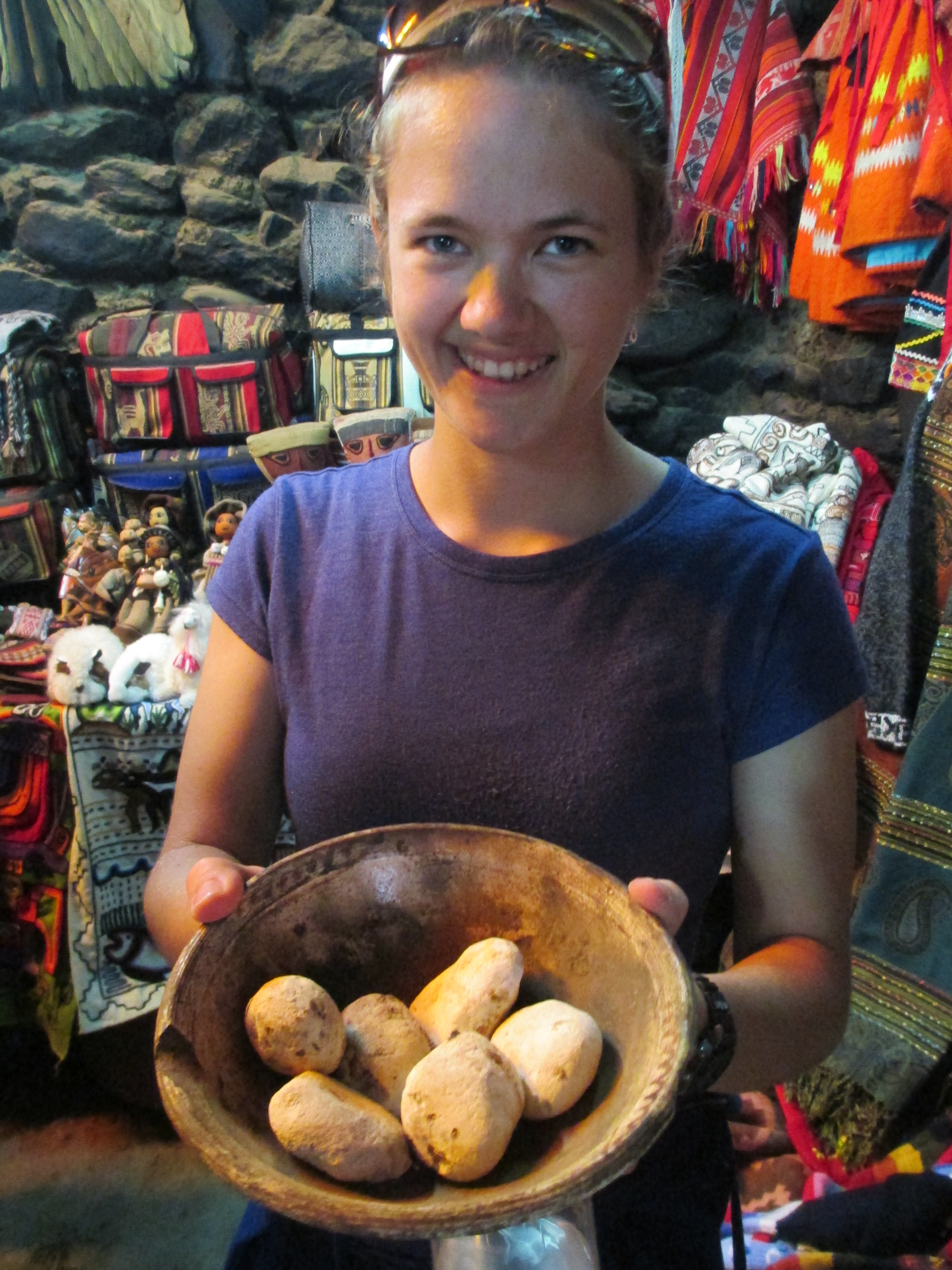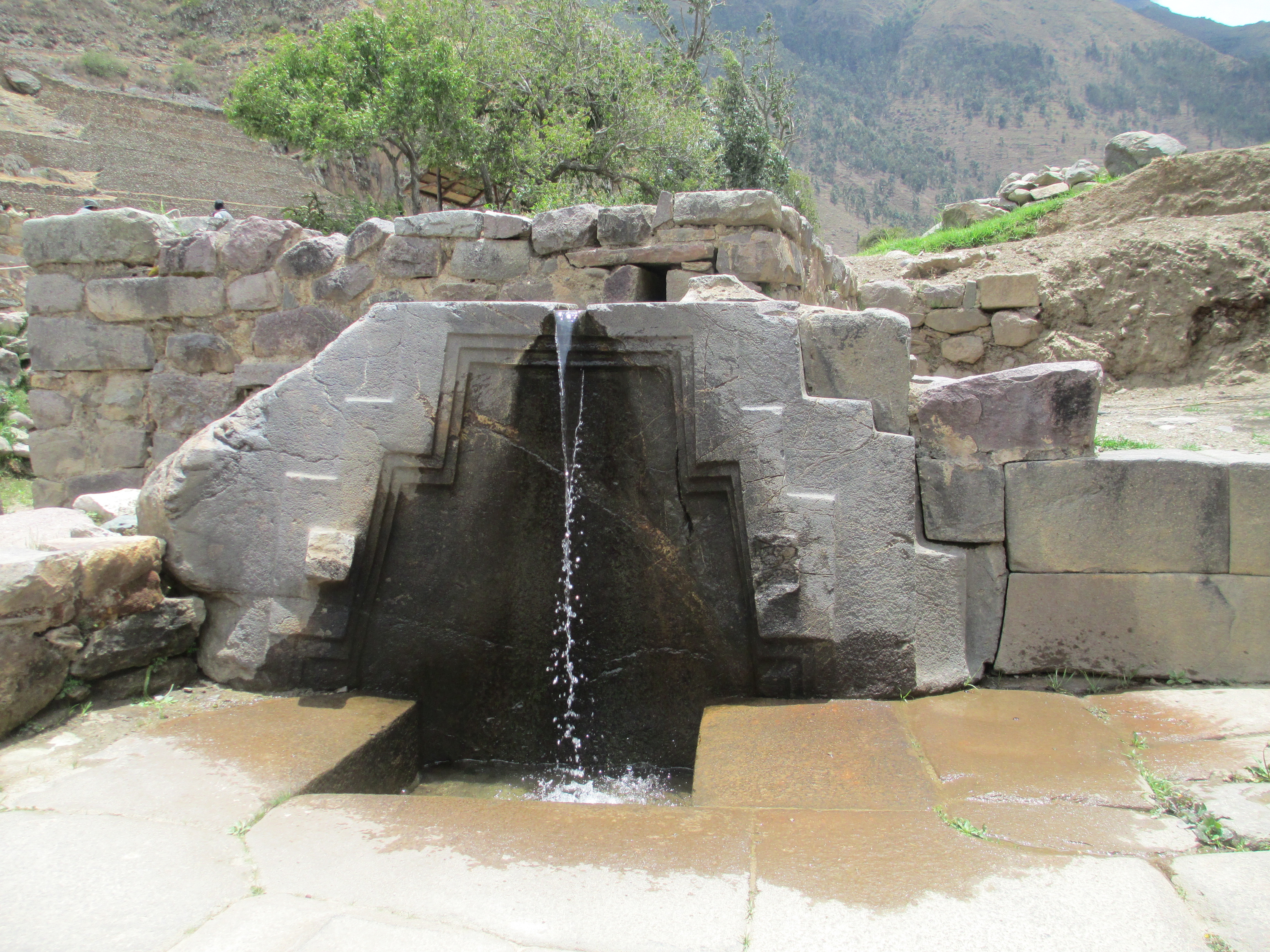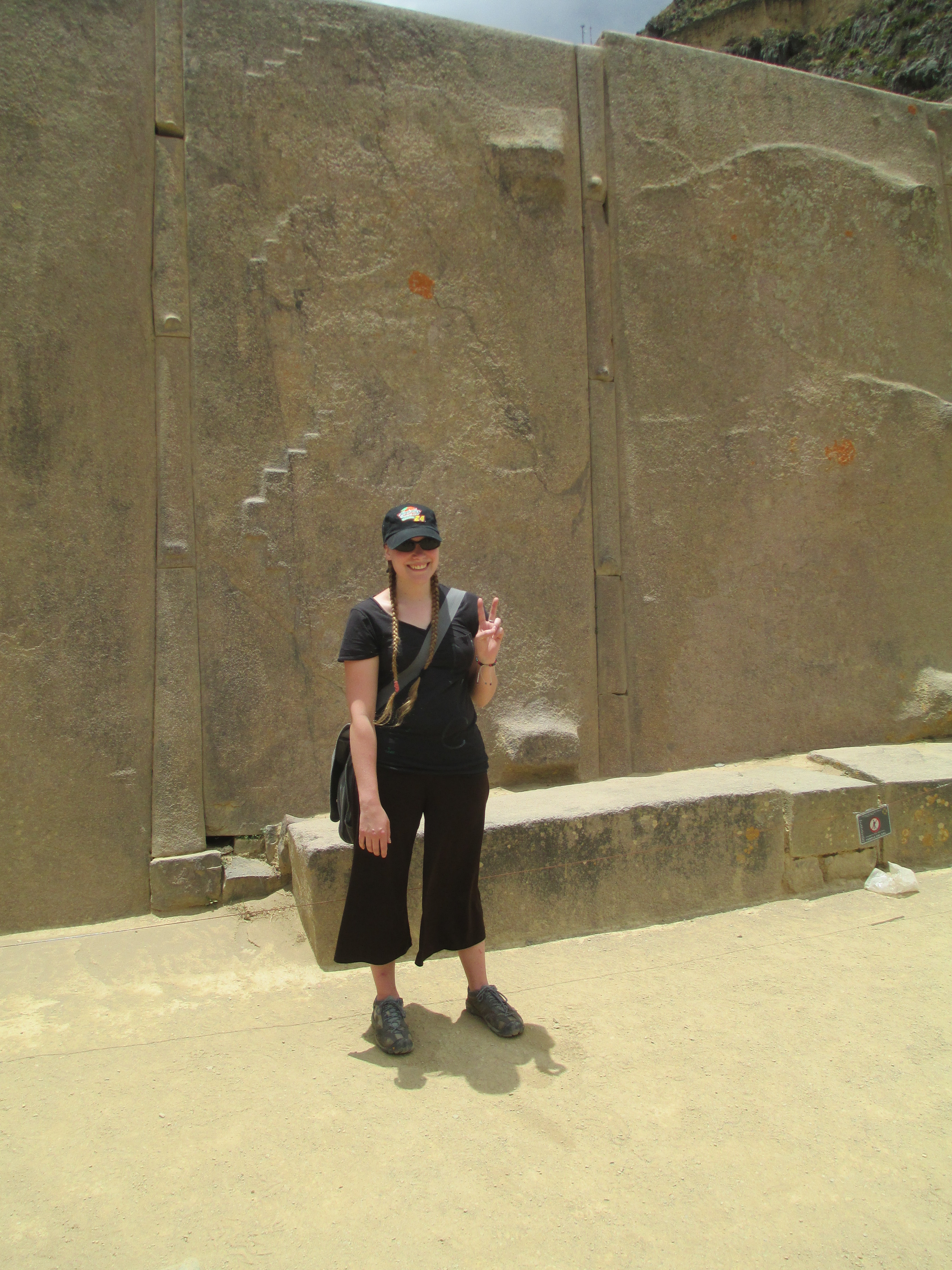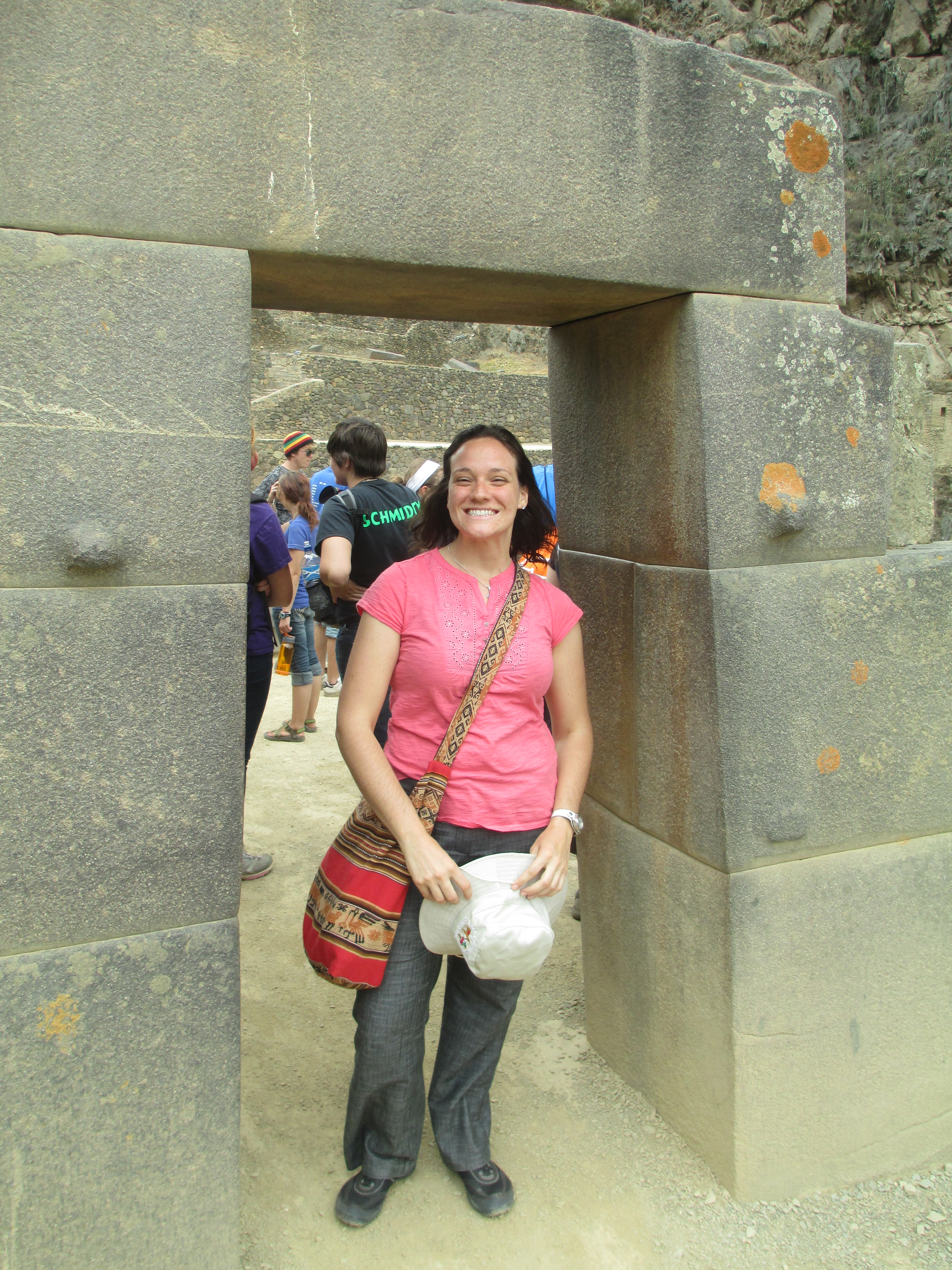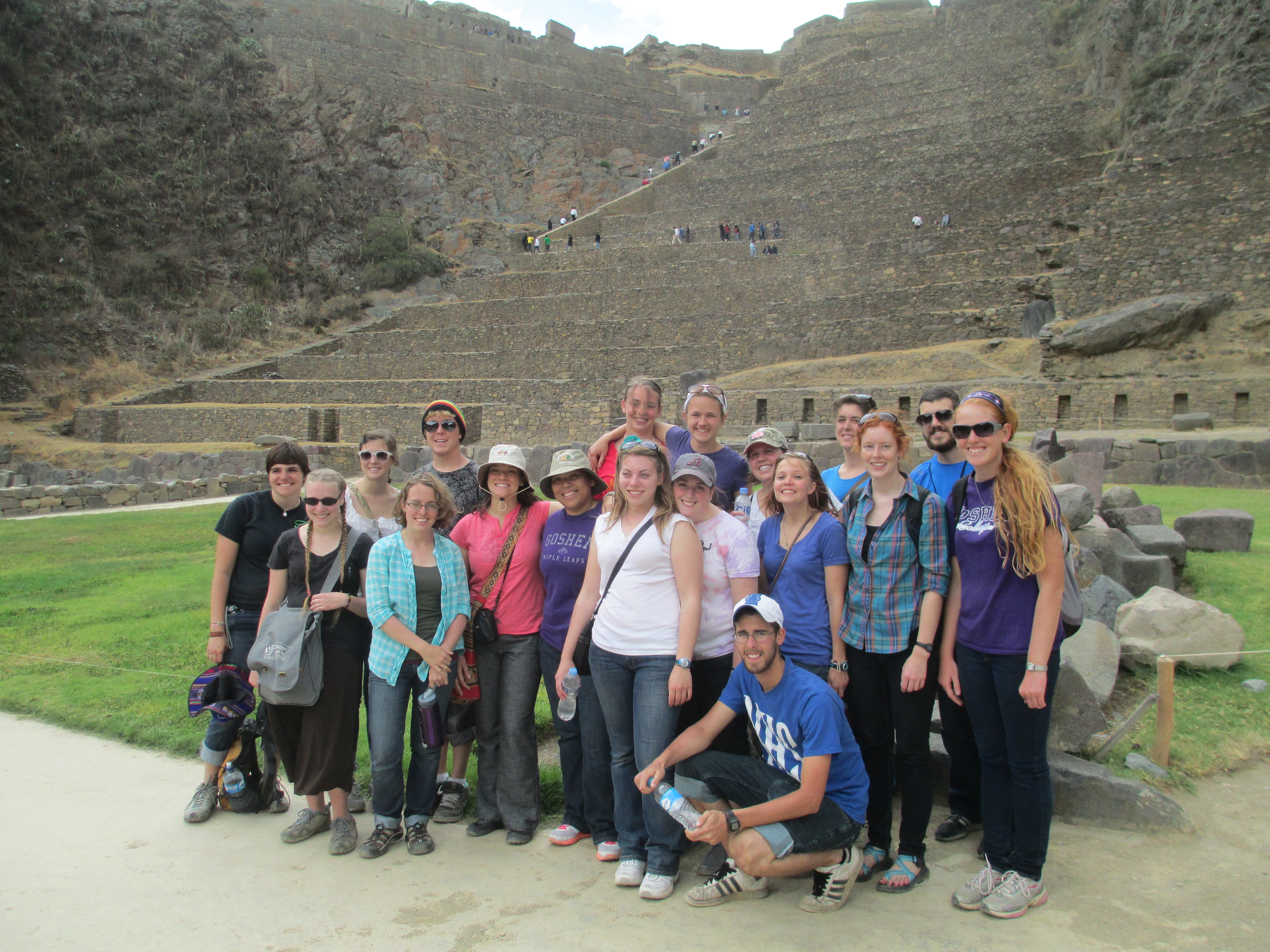The Incas
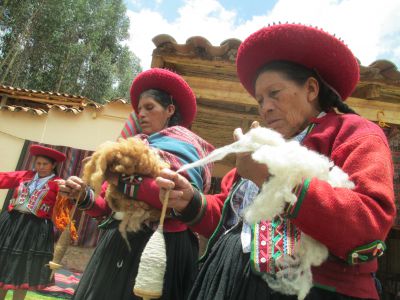
The Inca Empire thrived in the tallest mountains in the western hemisphere over 500 years ago. How did they feed, clothe and provide housing for 12 million people? We began our investigation with a visit to the Andean Weaving Institute in Chincheros, a cooperative operated by a group of women weavers. They demonstrated how wool is dyed using natural leaves, insects and minerals, spun into yarn by hand and woven into beautiful textiles. Then we sampled a variety of traditional Andean foods: cuy (guinea pig), chuño (dehydrated potatoes), cancha (roasted corn), habas (broad beans) and a salad featuring native greens and dried fish.
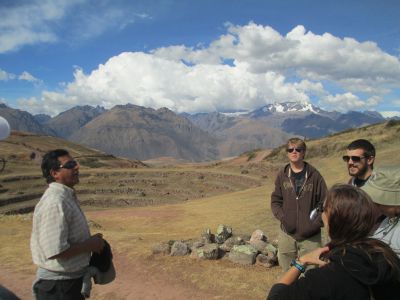
The Incas fed their growing population by developing new varieties of potatoes, corn, beans and other staples, each suited for a particular elevation, soil and rainfall pattern. How did the Incas figure out what grew best under each set of conditions? And how did they cross-pollinate the varieties they already had to develop new ones? We visited the archaeological site known as Moray to help answer these questions. Moray is located in a valley with a commanding view of snow-capped mountains. The site is comprised of dozens of terraces, arranged in a circular fashion to simulate different growing conditions. The lower rings represent the warmest and mildest climates, similar to conditions found much lower in the Andes.
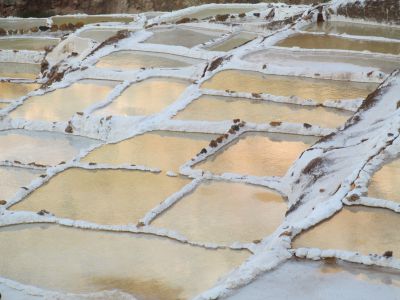
Maras is the name of the Inca’s great salt works, hundreds of collecting ponds that are fed from a single stream of saline water still in use today. Each pond is filled periodically, then left to dry in the sun. The white crust that remains on the surface is skimmed, cleaned and bagged for use as table salt. The Incas used it to preserve food, such as charky (jerkey made of alpaca meat).
The Incas are best known, of course, not for their textiles or food but for their ambitious architecture: palaces, temples and fortresses crafted of massive tight-fitting stones. In Ollantaytambo the students visited a series of colcas (storehouses) perched high above the city where food was stored. Then they descended into the oldest part of town, visiting a home that has been continuously inhabited since the 15th century, perhaps earlier. Afterward the group entered the protected archaeological site to see the Inca’s baths and climb to the top of the fortress.
How did the Incas move such huge stones from the quarry across the valley? How did they carve them to fit together so well? What motivated them? 500 years later, we can only imagine.
